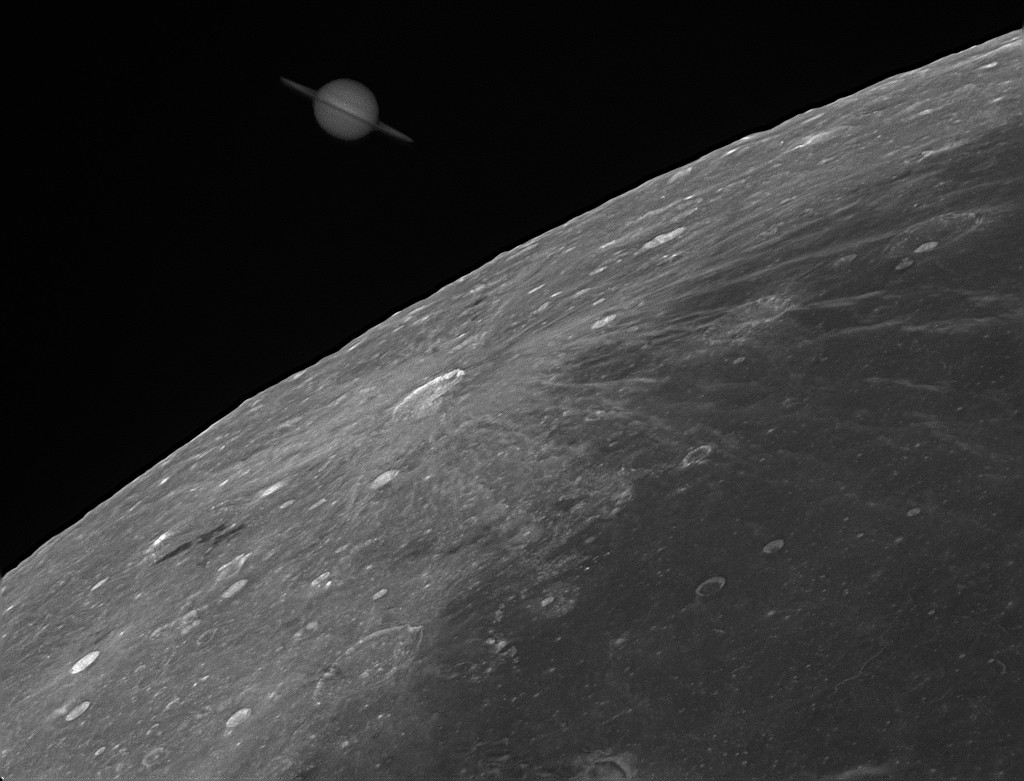


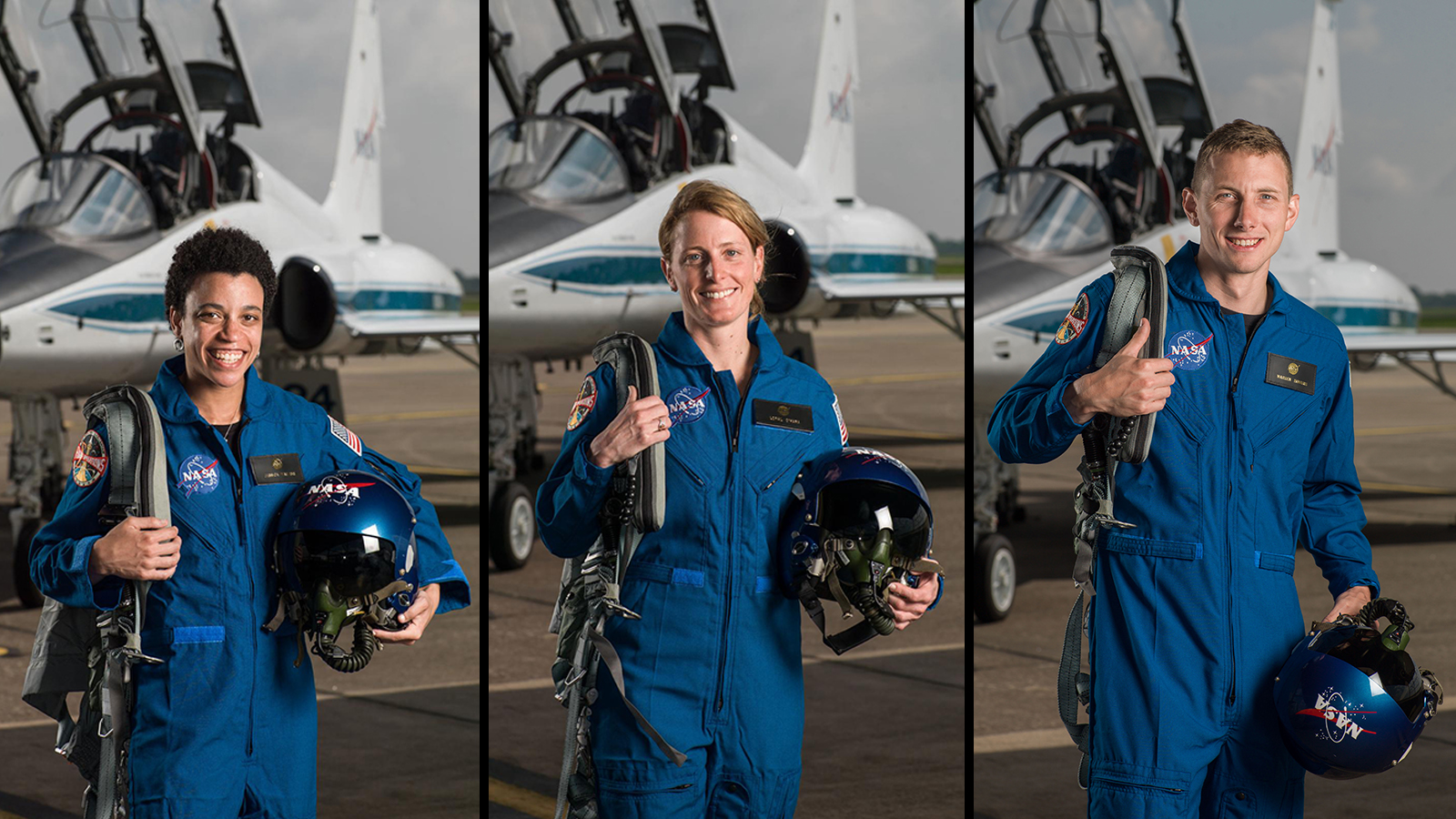

From left to right, NASA astronaut candidates Anil Menon, Deniz Burnham, and Marcos Berrios pose for a photograph in front of NASA’s Artemis I Space Launch System and Orion spacecraft at Launch Complex 39B at the agency’s Kennedy Space Center in Florida on Sept. 2, 2022.
Read More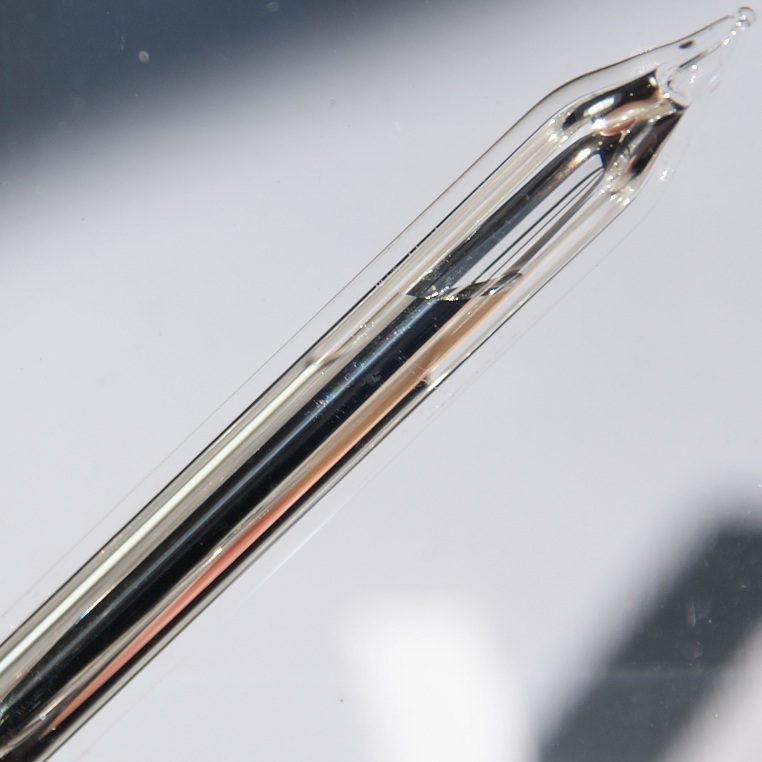

An artistic rendition of the first-ever Bose-Einstein condensate (BEC) achieved using molecules. Researchers in the Will Lab at Columbia University created the first-ever BEC made from molecules, which was cooled to just 5 nanoKelvin, or about 459.66 degrees Fahrenheit, and stable for a …
This is an NSF Multimedia Gallery item.
Read More| Picture of the day |
|---|

|
|
The Patrouille de France flying during an air show in Poland. This unit of the French Air Force traditionally opens the Bastille Day military parade in Paris each 14 July.
|
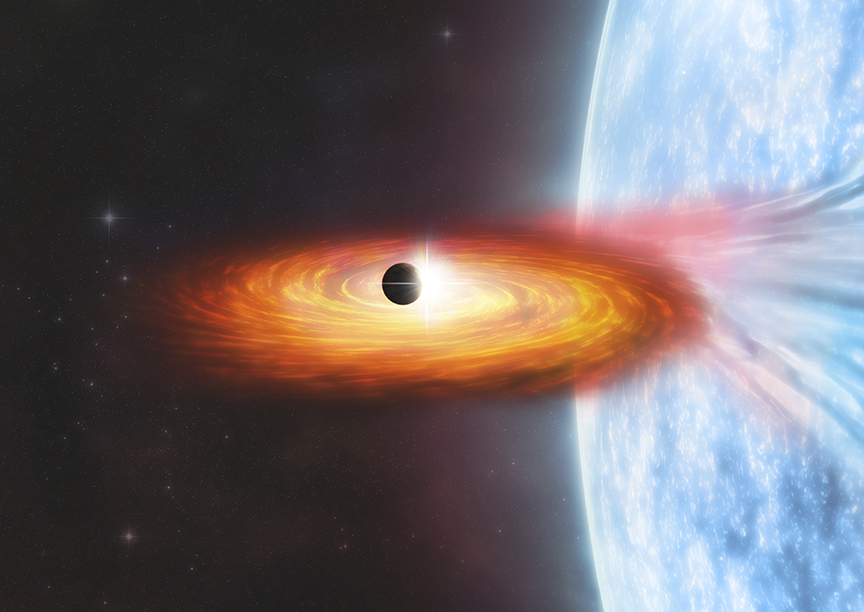

The barred spiral galaxy NGC 6872 is interacting with a smaller galaxy to the upper left. The smaller galaxy has likely stripped gas from NGC 6872 to feed the supermassive black hole in its center.
Read More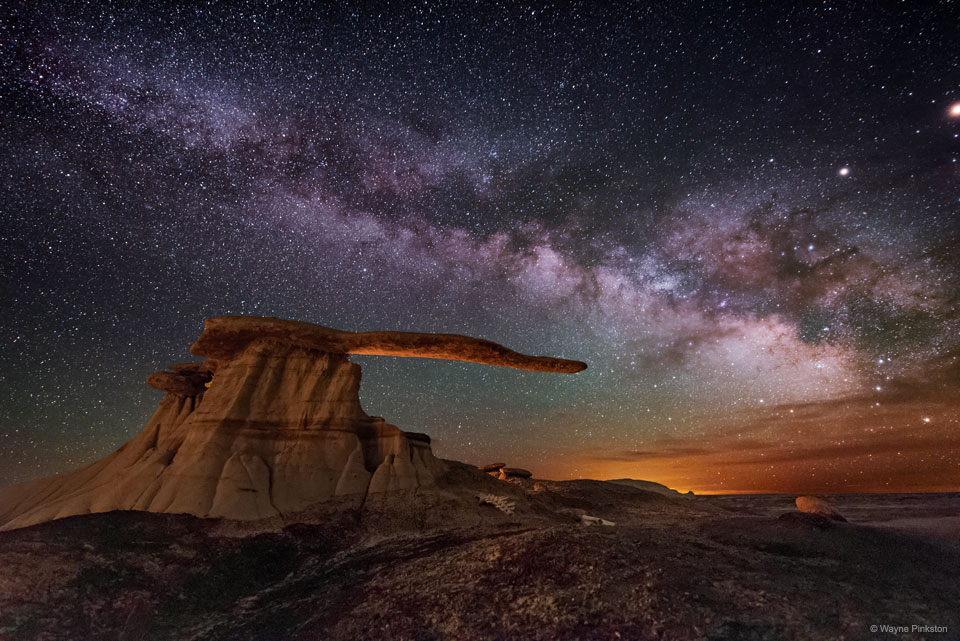
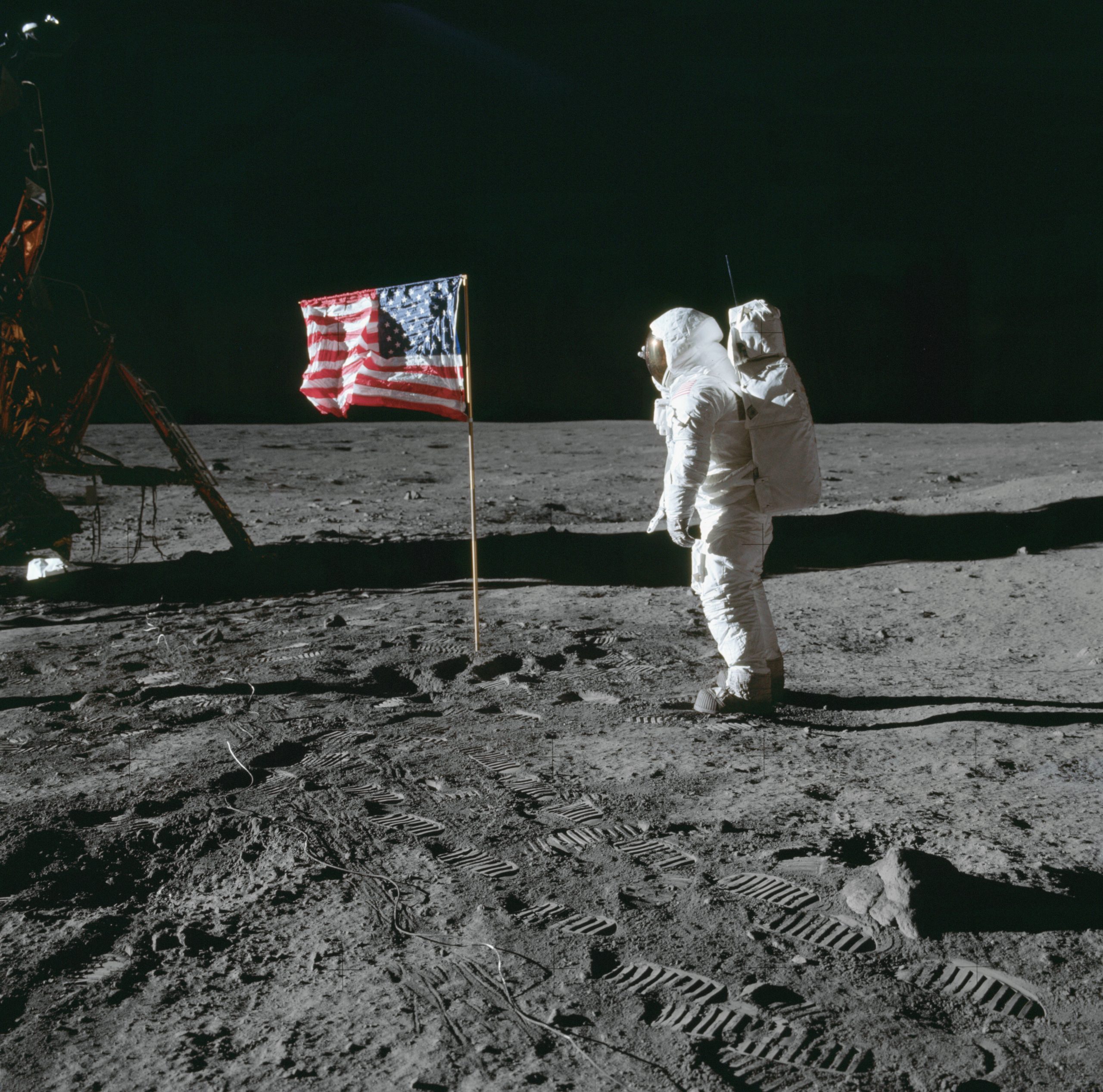

Astronaut Buzz Aldrin, lunar module pilot, poses for a photo beside the U.S. flag that has been placed on the Moon at Tranquility Base during the Apollo 11 mission landing on July 20, 1969.
Read More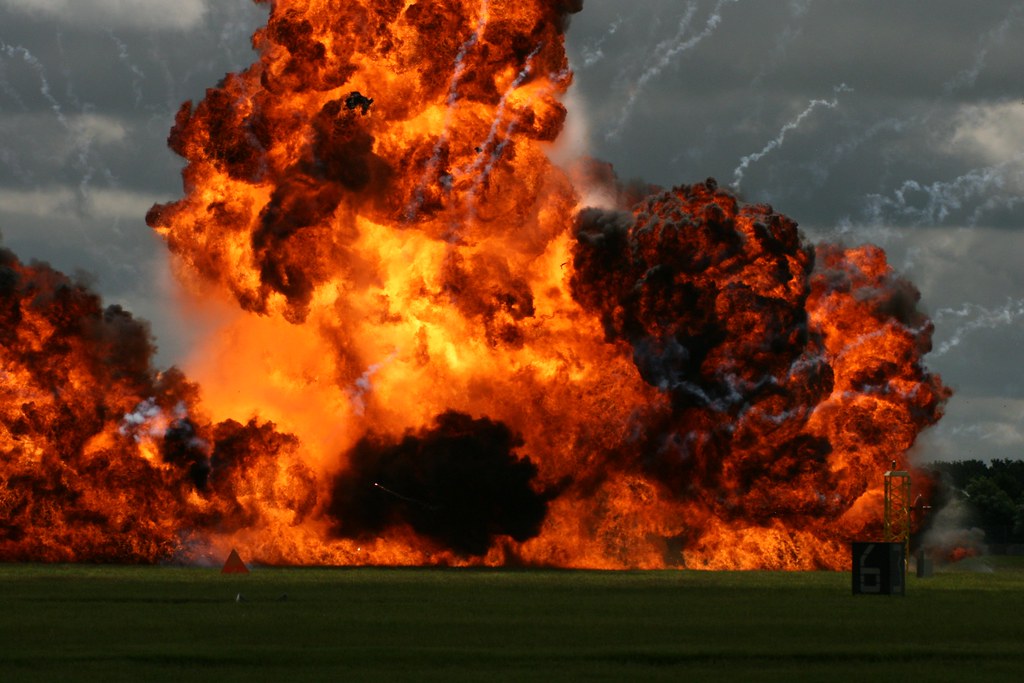

Tornado simulation of a 1977 supercell thunderstorm and the high-intensity tornado it spawned. The simulation captured the tornado’s vortex structure with wind speeds of 260 miles-per-hour, classified as an F5 on the Fujita tornado intensity scale.
More about this Image
Ming …
This is an NSF Multimedia Gallery item.
Read More| Picture of the day |
|---|

|
|
Brown booby (Sula leucogaster plotus) female feeding juvenile male on nest, Michaelmas Cay, Great Barrier Reef, Queensland, Australia
|
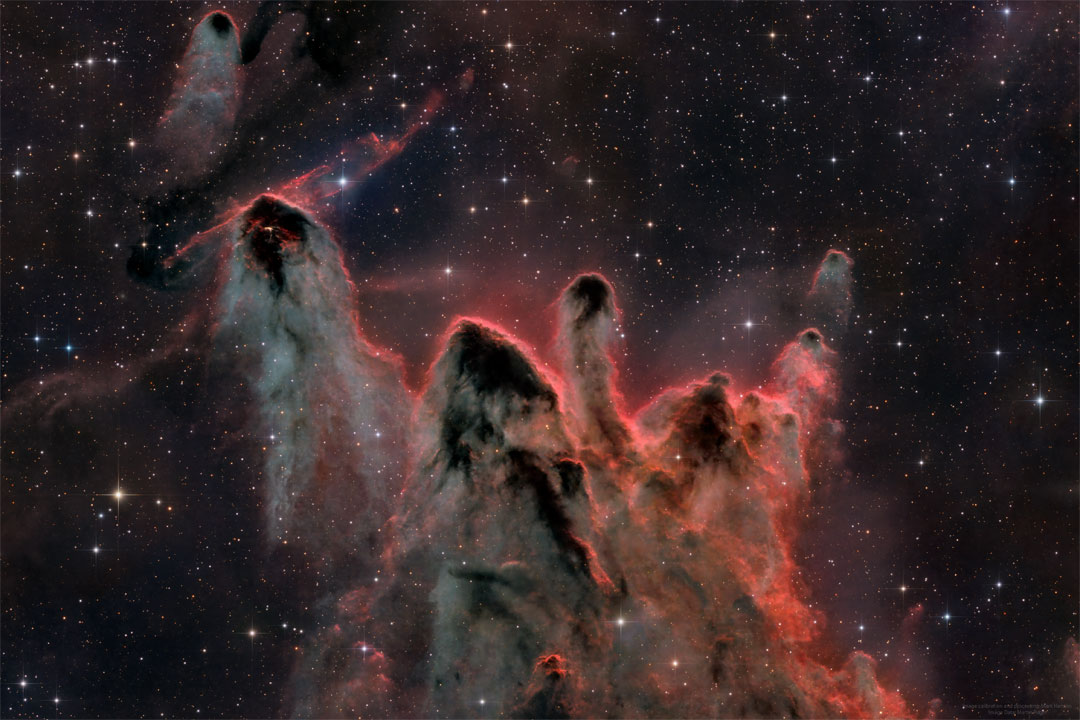
What are these unusual interstellar structures?
Bright-rimmed, flowing shapes gather near the center of
this rich starfield toward the borders of the nautical southern
constellations
Pupis and Vela
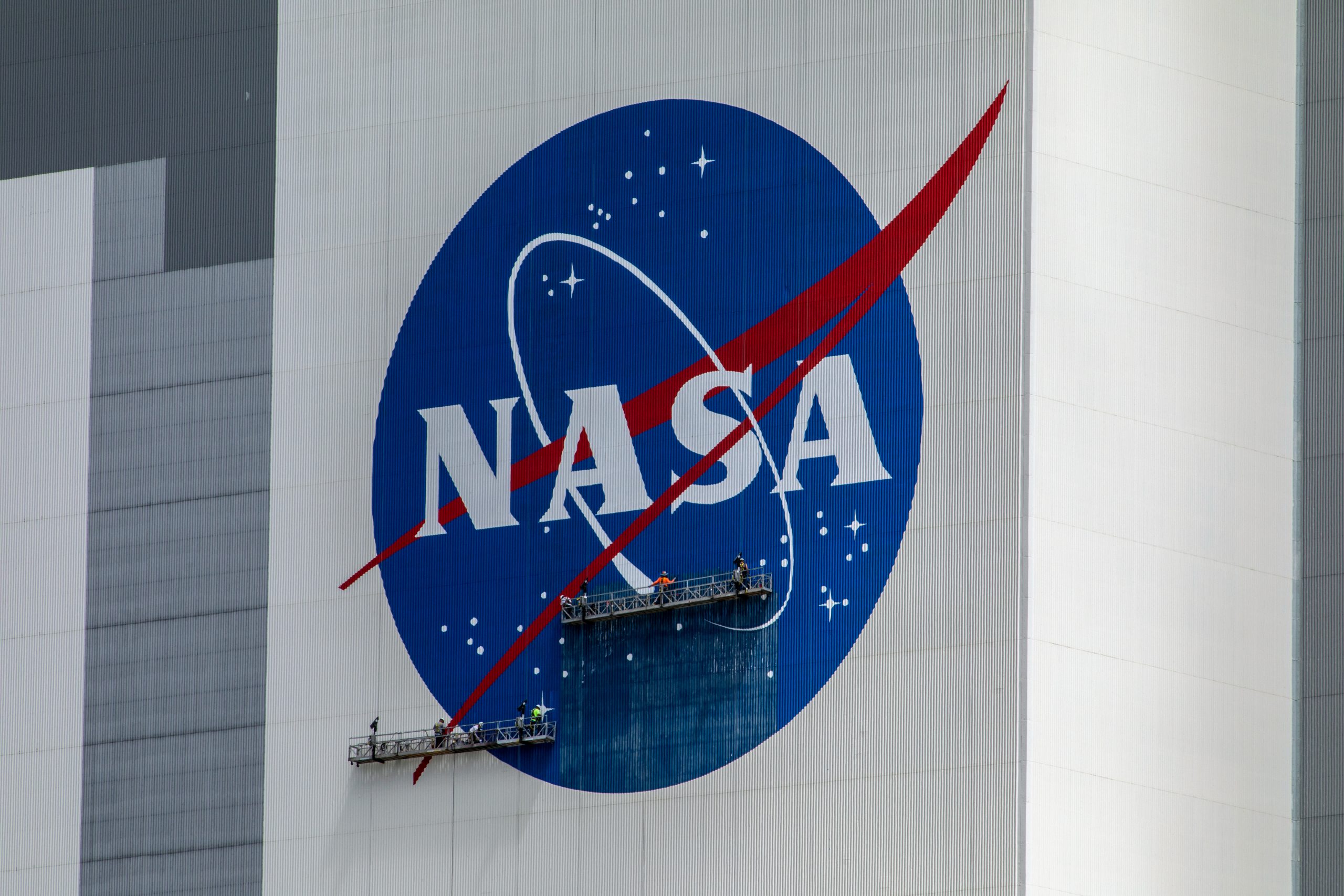

Painting of the NASA logo, also called the meatball, continued on the 525-foot-tall Vehicle Assembly Building at the agency’s Kennedy Space Center in Florida on May 29, 2020.
Read More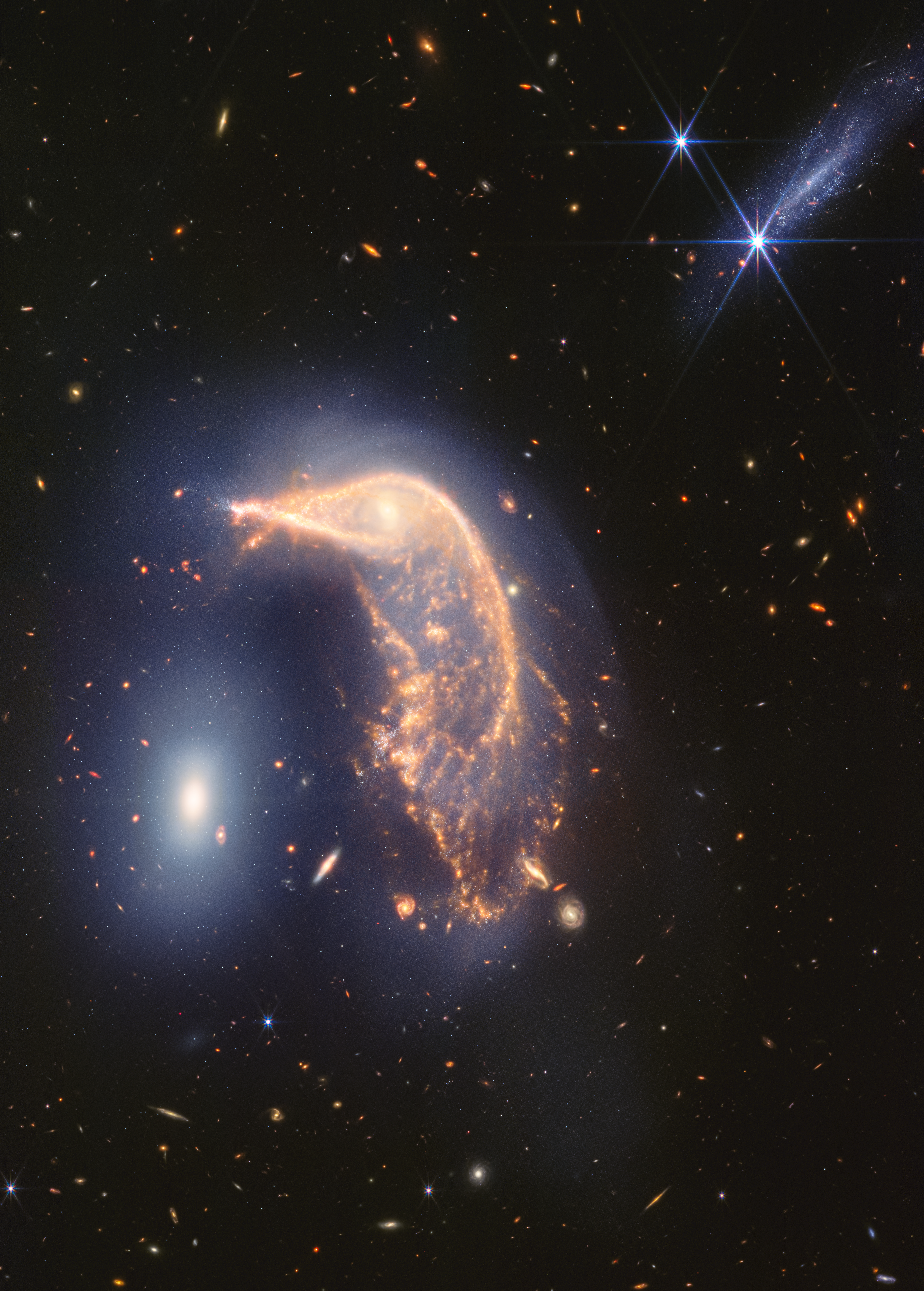

The distorted spiral galaxy at center, the Penguin, and the compact elliptical at left, the Egg, are locked in an active embrace. This near- and mid-infrared image combines data from NASA’s James Webb Space Telescope’s NIRCam (Near-Infrared Camera) and MIRI (Mid-Infrared Instrument), and marks the telescope’s second year of science. Webb’s view shows that their interaction is marked by a glow of scattered stars represented in blue. Known jointly as Arp 142, the galaxies made their first pass by one another between 25 and 75 million years ago, causing “fireworks,” or new star formation, in the Penguin. The galaxies are approximately the same mass, which is why one hasn’t consumed the other.
Read More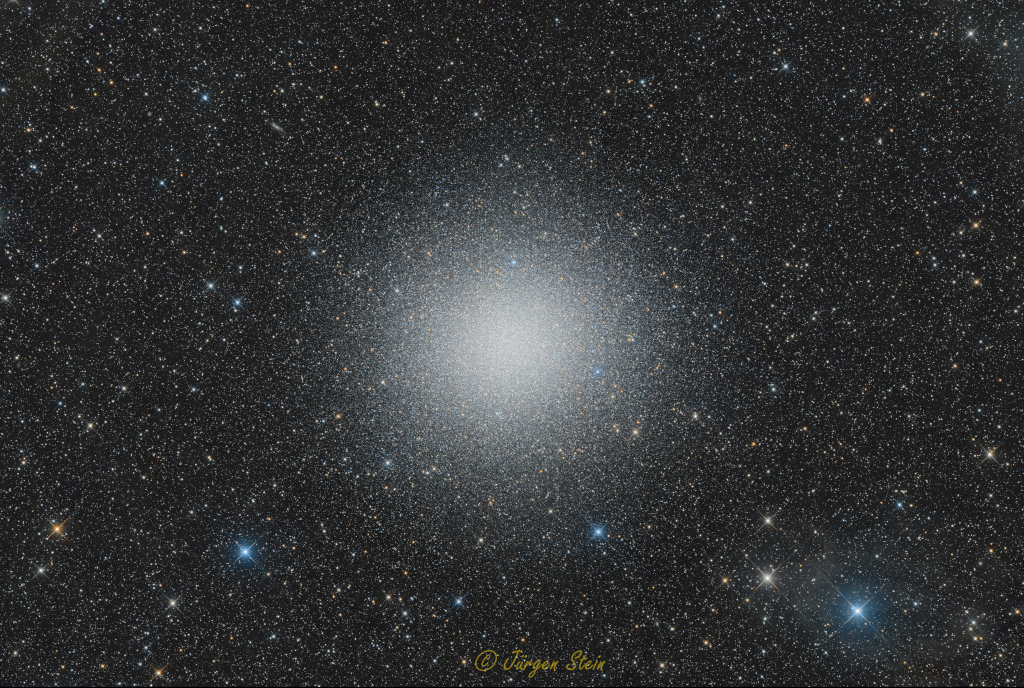
Globular star cluster
Omega Centauri
packs about 10 million
stars much older than the Sun into a volume some 150 light-years in
diameter
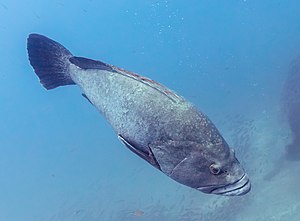
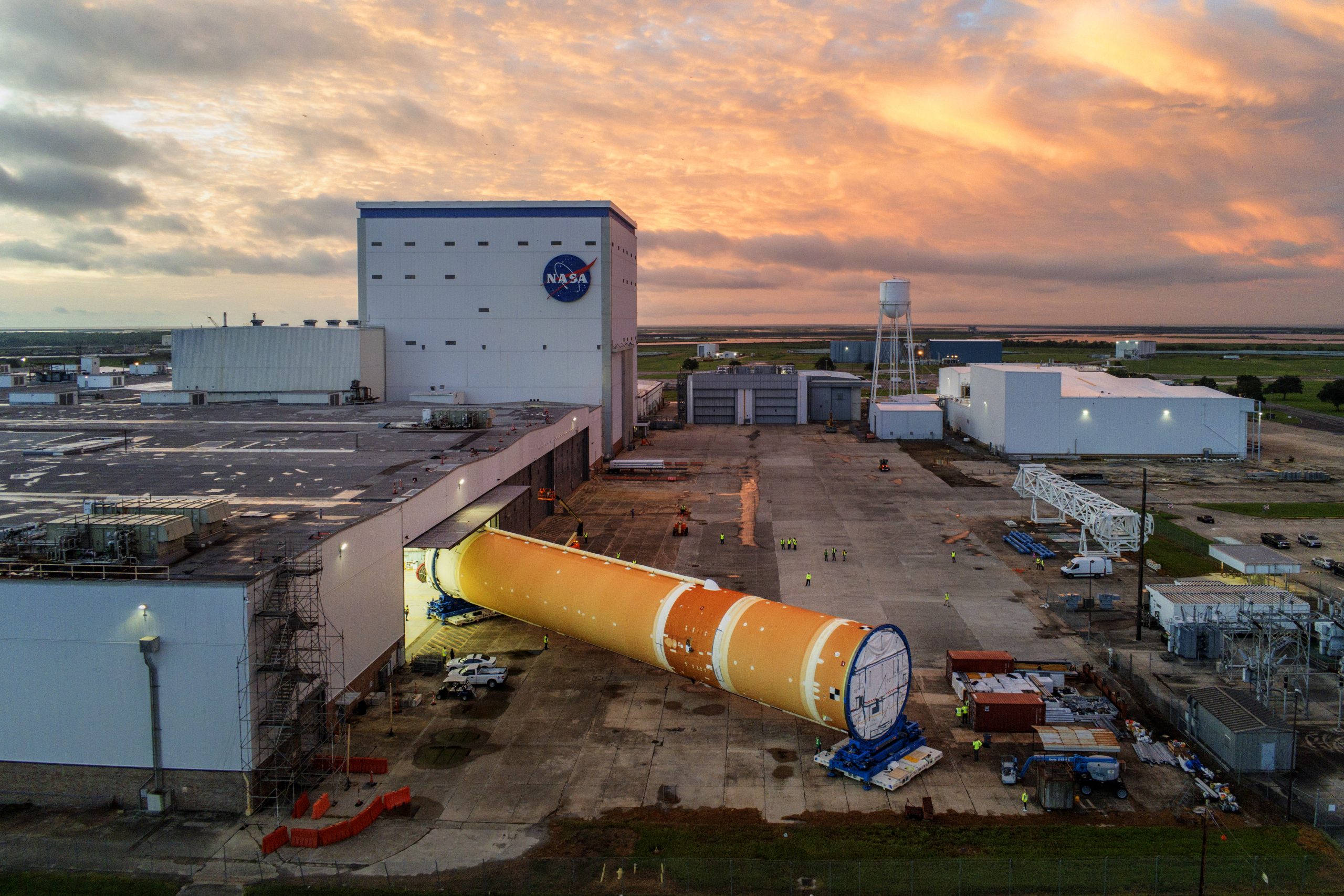

The Artemis II Core Stage moves from final assembly to the VAB at NASA’s Michoud Assembly Facility in New Orleans in preparation for delivery to Kennedy Spaceflight Center later this month. Image credit: NASA/Michael DeMocker
Read More

A white-edged tree frog (Boana albomarginata). Researchers discovered that frogs have maintained a surprising diversity of nonvisual, light-sensing proteins over evolutionary time which play a role in a variety of biological functions.
[Research supported by U.S. National Science …
This is an NSF Multimedia Gallery item.
Read More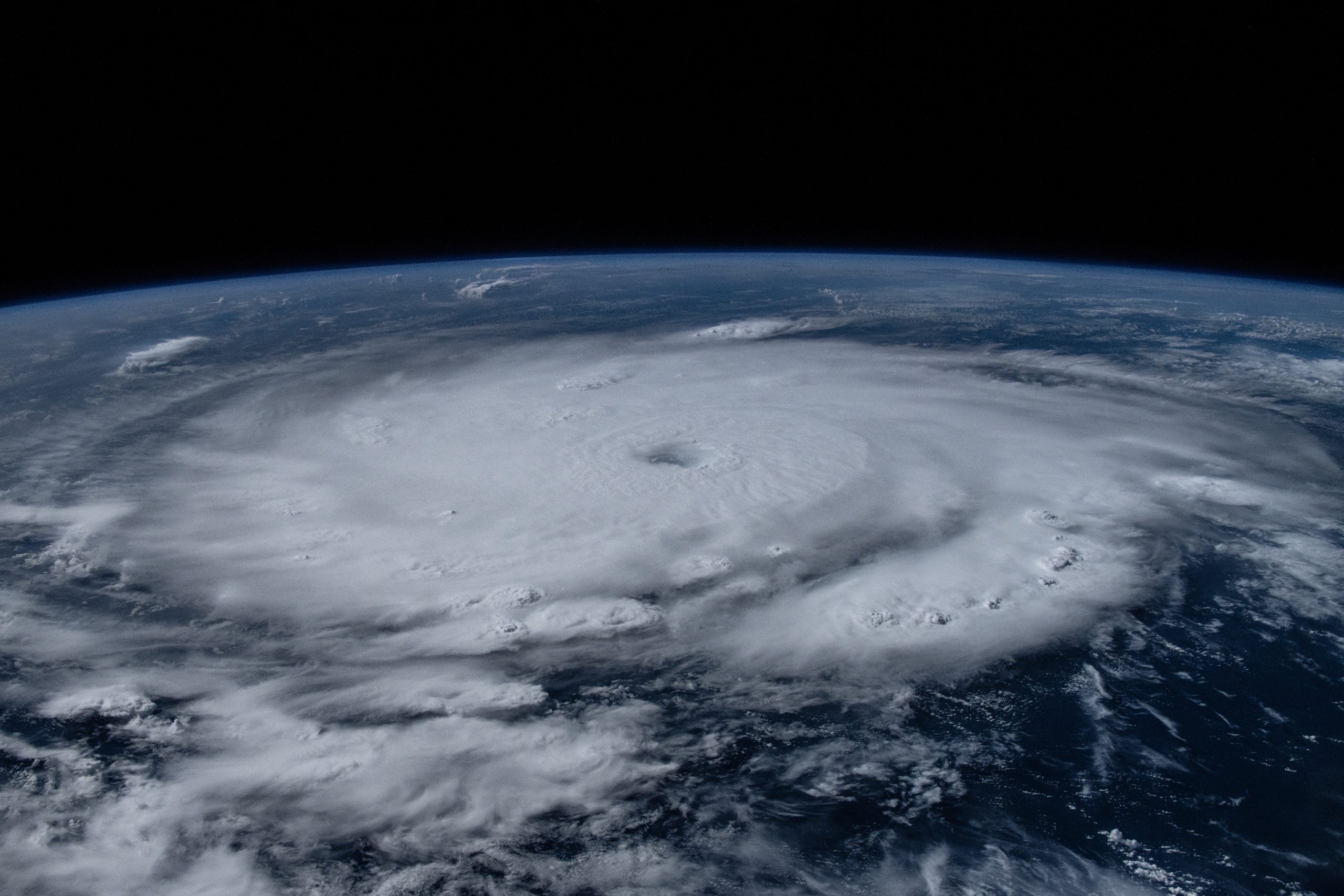

NASA astronaut Matthew Dominick captured this image of Hurricane Beryl in the Caribbean on July 1, 2024, while aboard the International Space Station, and posted it to X. The Category 4 hurricane had winds of about 130 mph (215 kph).
Read More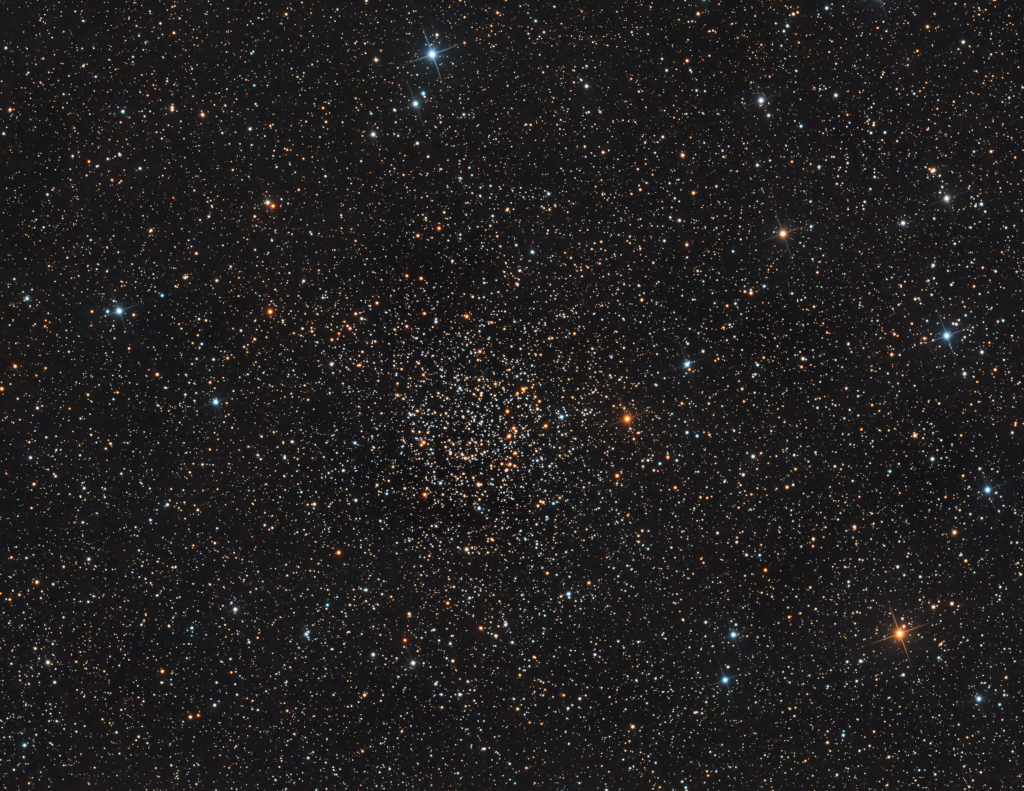
Found among the rich starfields of the Milky Way,
star
cluster NGC 7789 lies about 8,000 light-years away
toward the constellation Cassiopeia
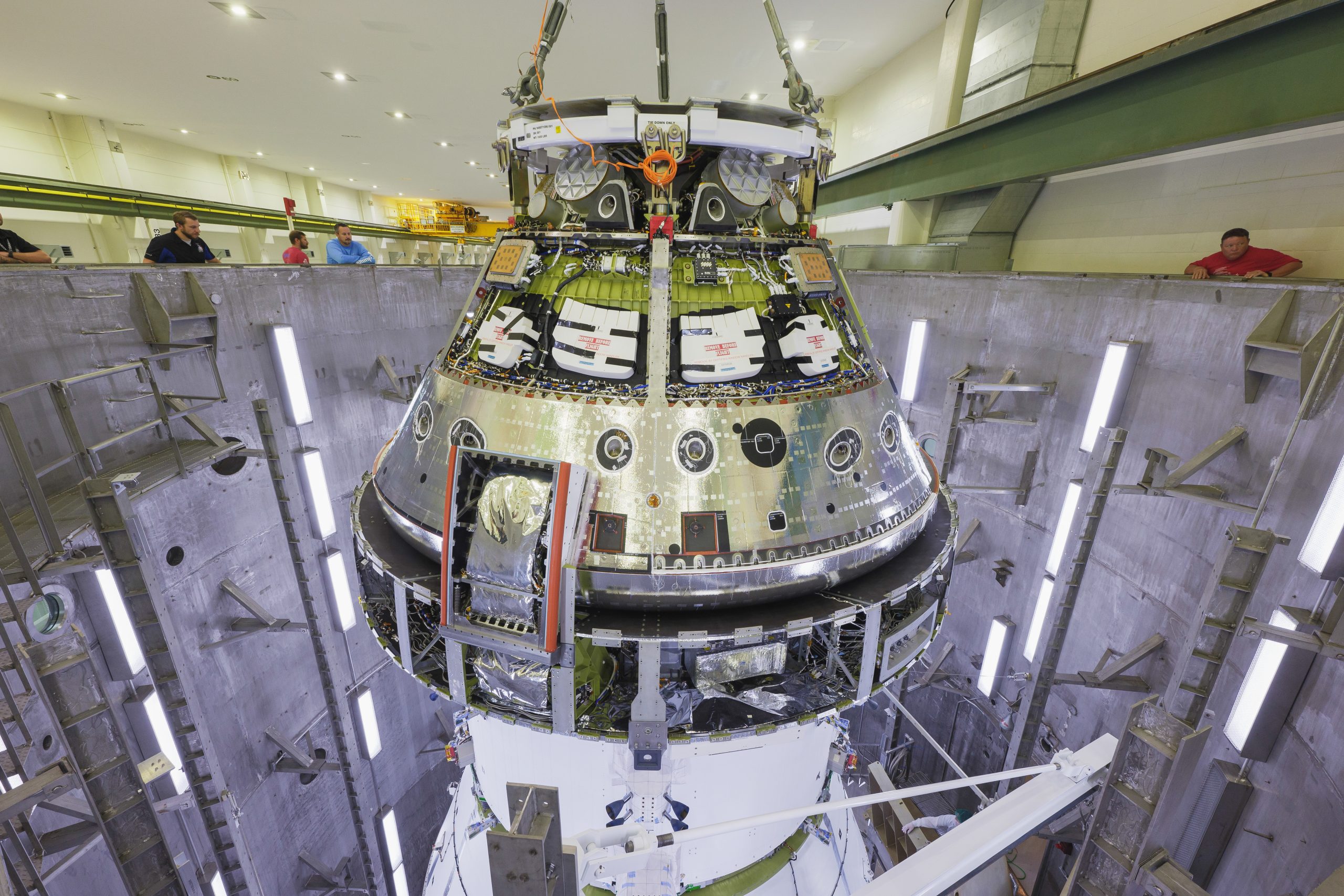

Technicians used a 30-ton crane to lift NASA’s Orion spacecraft on Friday, June 28, 2024, from the Final Assembly and System Testing cell to the altitude chamber inside the Neil A. Armstrong Operations and Checkout building at NASA’s Kennedy Space Center in Florida. The spacecraft, which will be used for the Artemis II mission to orbit the Moon, underwent leak checks and end-to-end performance verification of the vehicle’s subsystems.
Read More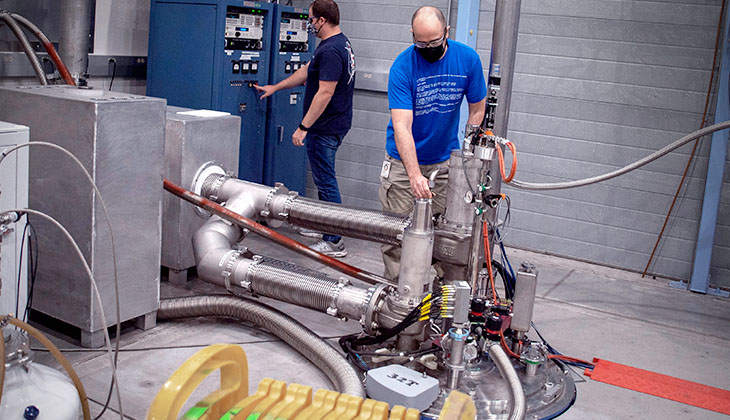

The 32 Telsa superconducting magnet at the NSF National High Magnetic Field Laboratory (MagLab) in Tallahassee, Florida is the world’s strongest all-superconducting magnet. It’s built with all-superconducting materials and leverages two different types of superconductors to achieve its whopping …
This is an NSF Multimedia Gallery item.
Read More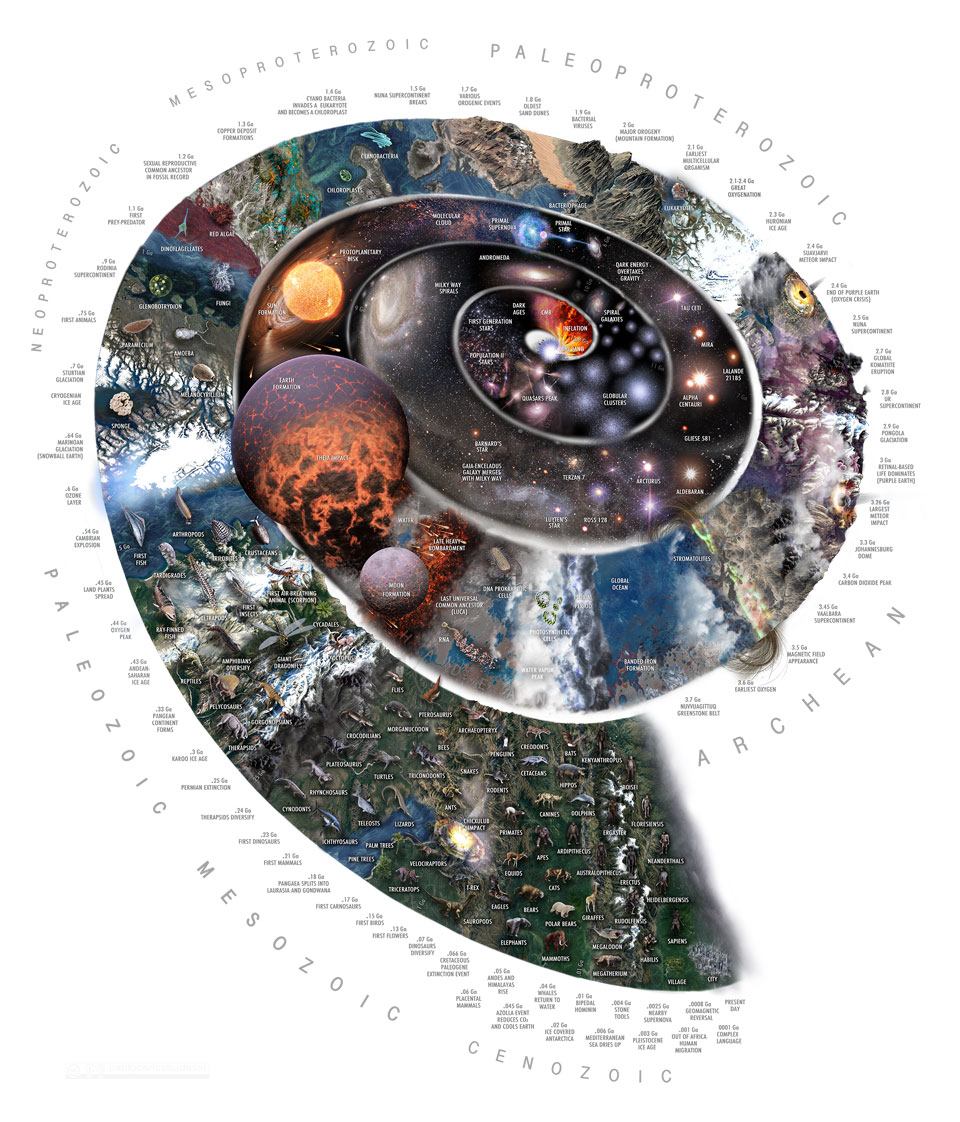
What’s happened since the universe started?
The time spiral shown here features a few
notable highlights


This labyrinth – with a silhouette of the fictional detective Sherlock Holmes at its center – is used as a calibration target for the cameras and laser that are part of SHERLOC (Scanning Habitable Environments with Raman & Luminescence for Organics and Chemicals), one of the instruments aboard NASA’s Perseverance Mars rover. The image was captured by the Autofocus and Context Imager on SHERLOC on May 11, 2024, the 1,147th day, or sol, of the mission, as the rover team sought to confirm it had successfully addressed an issue with a stuck lens cover.
Read More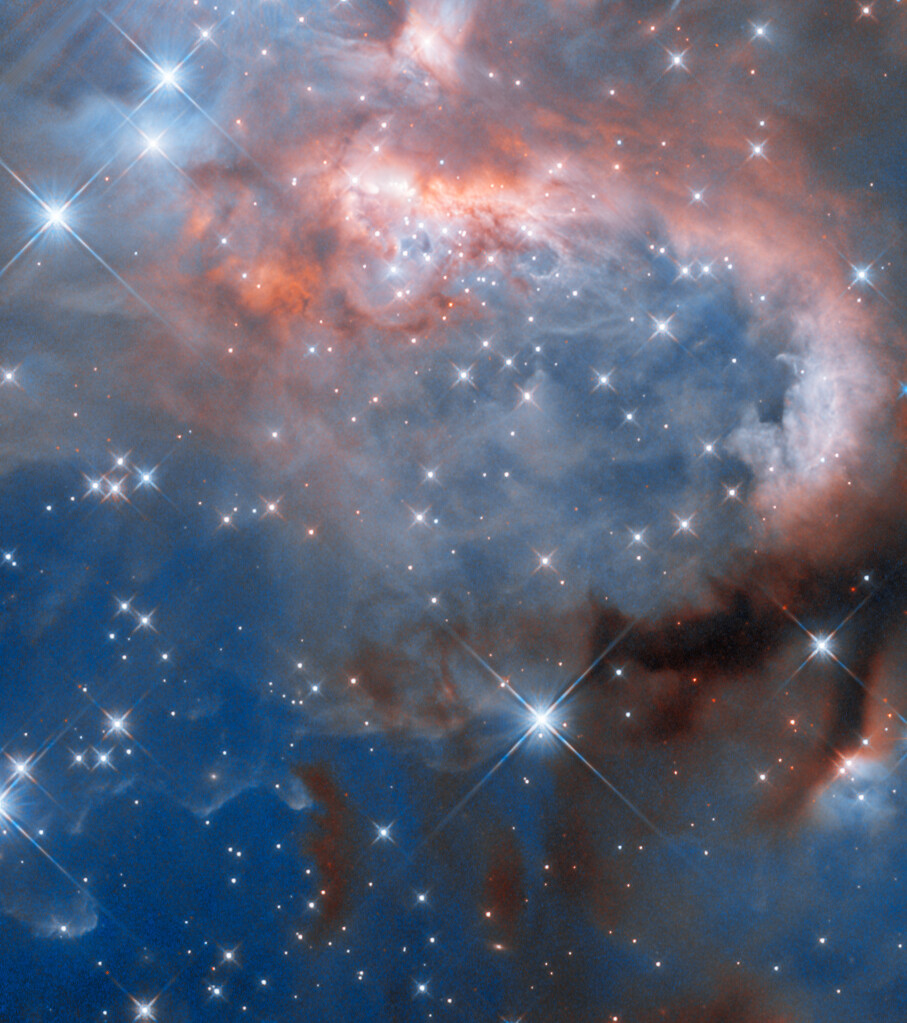

Named RCW 7, the nebula is located just over 5300 light-years from Earth in the constellation Puppis. Nebulae are areas of space that are rich in the raw material needed to form new stars. Under the influence of gravity, parts of these molecular clouds collapse until they coalesce into protostars, surrounded by spinning discs of leftover gas and dust. In the case of RCW 7, the protostars forming here are particularly massive, giving off strongly ionising radiation and fierce stellar winds that have transformed it into what is known as a H II region. The ultraviolet radiation from the massive protostars excites the hydrogen, causing it to emit light and giving this nebula its soft pinkish glow. Here Hubble is studying a particular massive protostellar binary named IRAS 07299-1651, still in its glowing cocoon of gas in the curling clouds towards the top of the nebula. To expose this star and its siblings, this image was captured using the Wide Field Camera 3 in near-infrared light. The massive protostars here are brightest in ultraviolet light, but they emit plenty of infrared light which can pass through much of the gas and dust around them and be seen by Hubble.
Read More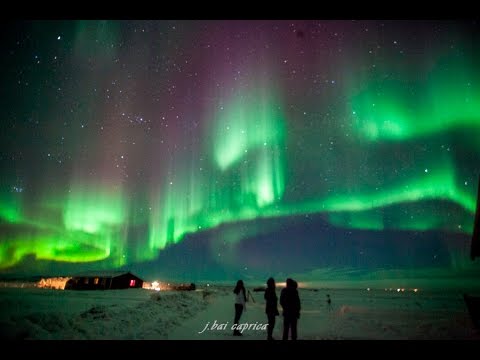
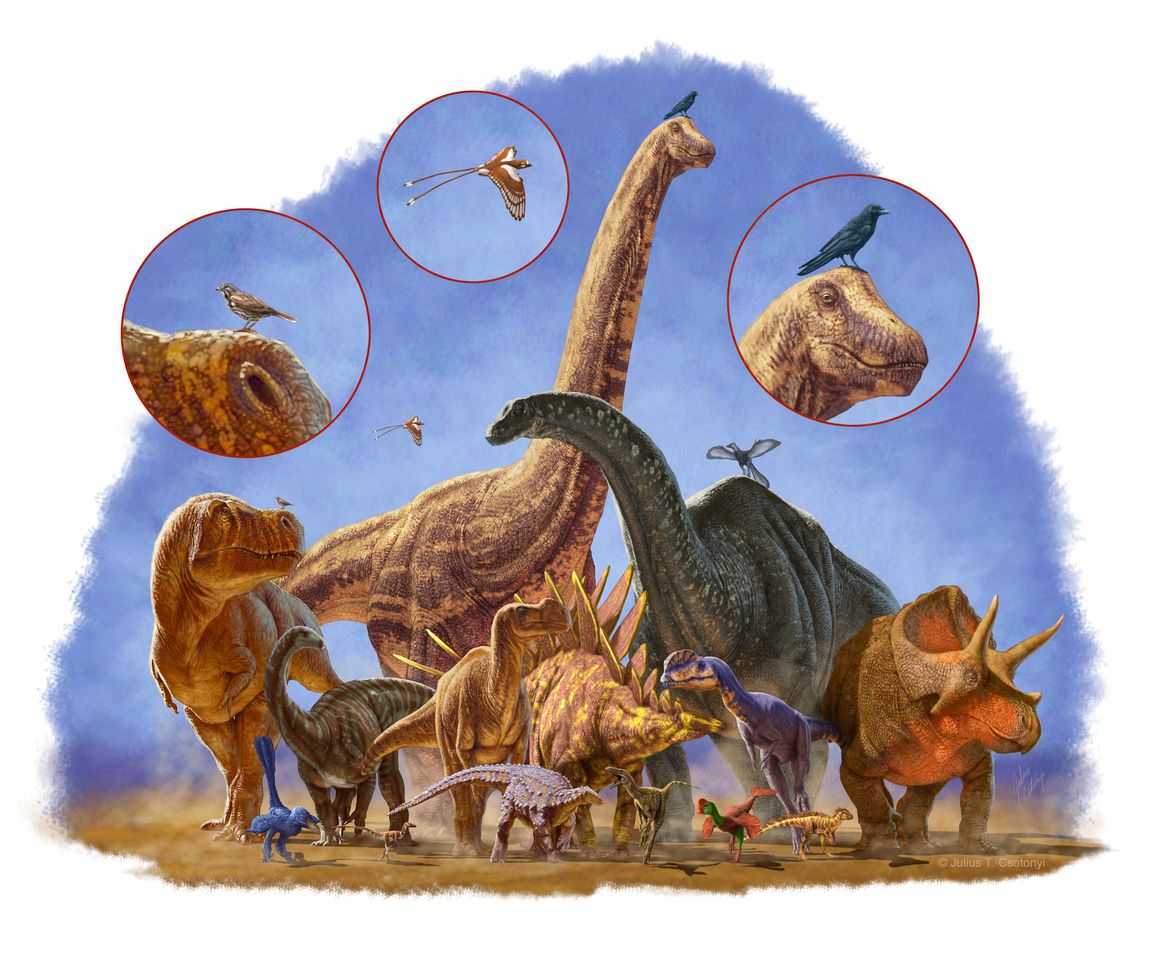
 Nanuqsaurus (background standing), and the skull of Pachyrhinosaurus (foreground)’ border=’0′ align=’left’ />
Nanuqsaurus (background standing), and the skull of Pachyrhinosaurus (foreground)’ border=’0′ align=’left’ />
An artist’s rendering depicting Nanuqsaurus, a Tyrannosauridae theropod (background standing), and the skull of a Pachyrhinosaurus (foreground), a Centrosaurinae ceratopsid, two dinosaur species that were included in a study that showed the evolution of diverse body sizes in …
This is an NSF Multimedia Gallery item.
Read More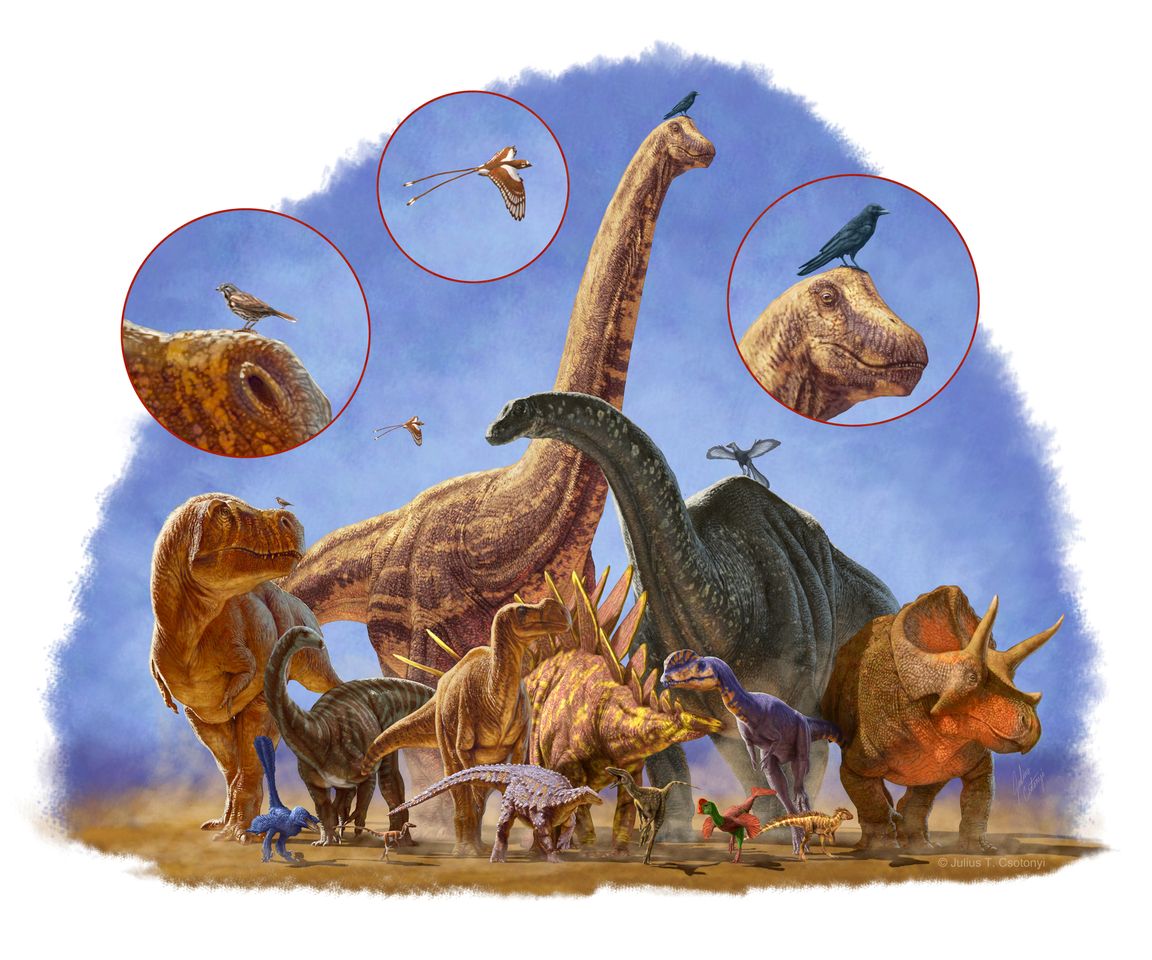
 Nanuqsaurus (background standing), and the skull of Pachyrhinosaurus (foreground)’ border=’0′ align=’left’ />
Nanuqsaurus (background standing), and the skull of Pachyrhinosaurus (foreground)’ border=’0′ align=’left’ />
An artist’s rendering depicting Nanuqsaurus, a Tyrannosauridae theropod (background standing), and the skull of a Pachyrhinosaurus (foreground), a Centrosaurinae ceratopsid, two dinosaur species that were included in a study that showed the evolution of diverse body sizes in …
This is an NSF Multimedia Gallery item.
Read More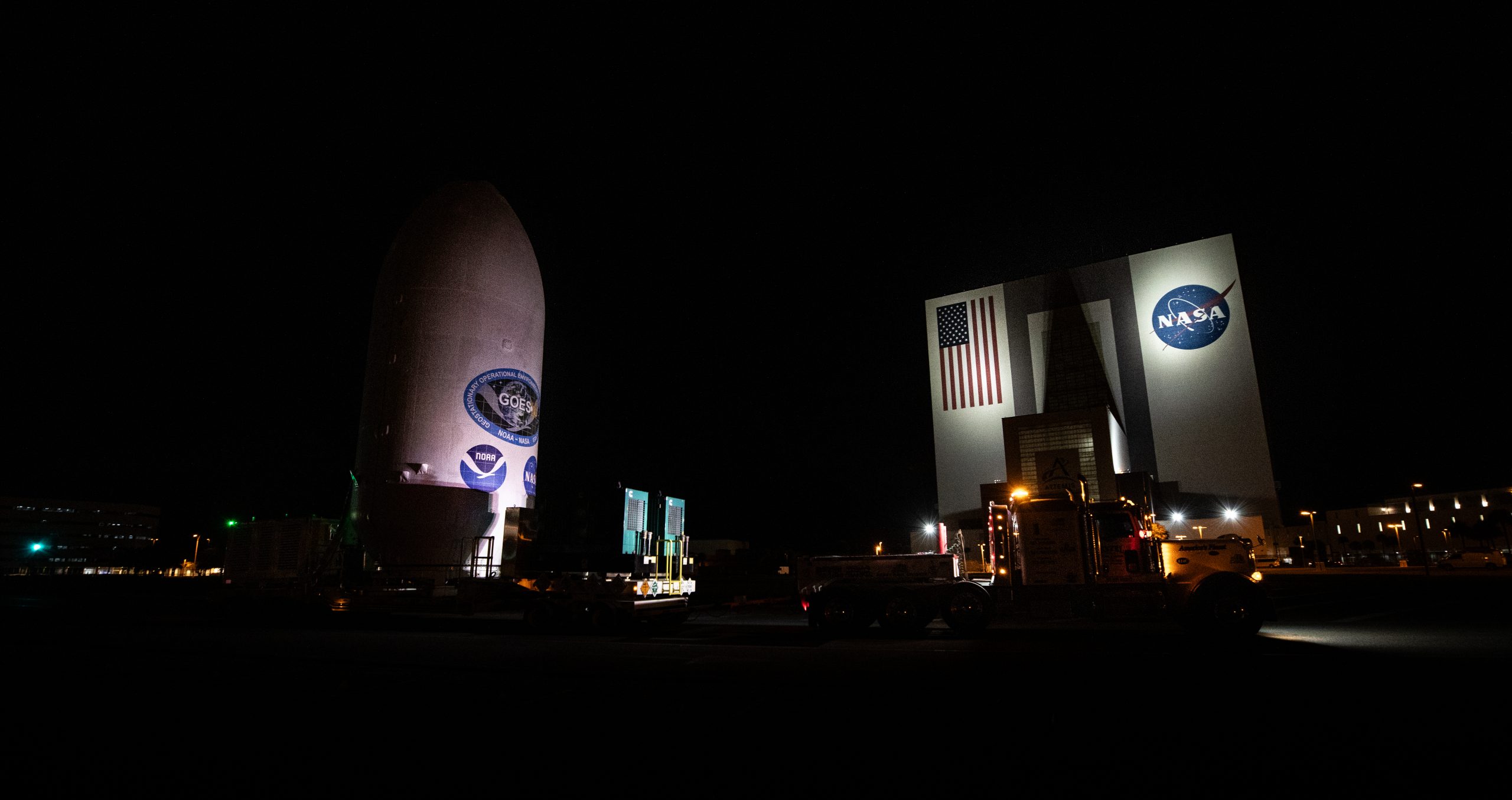

Crews transport NOAA’s (National Oceanic and Atmospheric Administration) Geostationary Operational Environmental Satellite (GOES-U) from the Astrotech Space Operations facility to the SpaceX hangar at Launch Complex 39A at NASA’s Kennedy Space Center in Florida beginning on Friday, June 14, 2024, with the operation finishing early Saturday, June 15, 2024. The fourth and final weather-observing and environmental monitoring satellite in NOAA’s GOES-R Series will assist meteorologists in providing advanced weather forecasting and warning capabilities. The two-hour window for liftoff opens 5:16 p.m. EDT Tuesday, June 25, aboard a SpaceX Falcon Heavy rocket from Launch Complex 39A at NASA’s Kennedy Space Center in Florida.
Read More
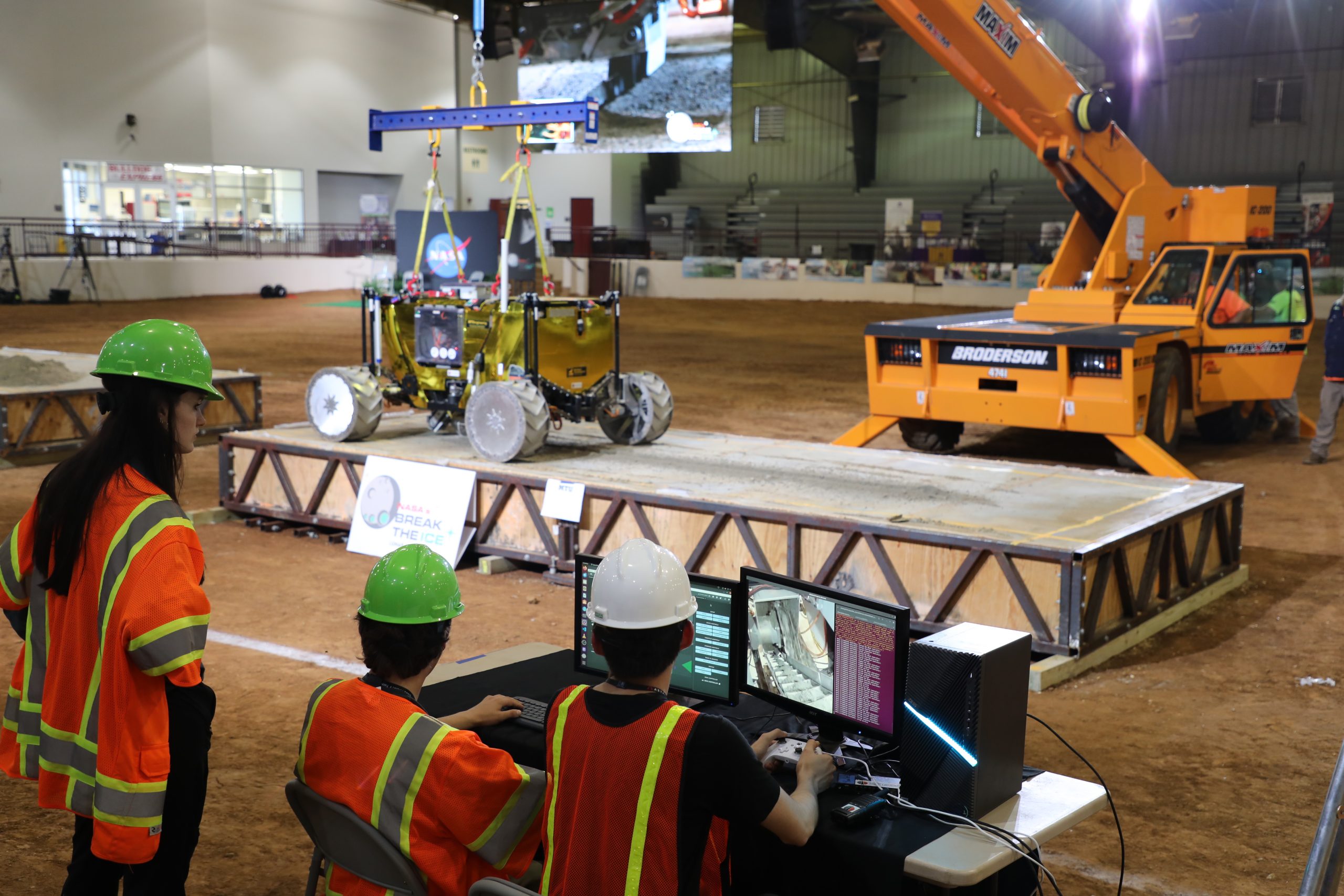

“HuskyWorks,” a team from Michigan Technological University’s Planetary Surface Technology Development Lab, tests the excavation tools of a robot on a concrete slab, held by a gravity-offloading crane on June 12 at NASA’s Break the Ice Lunar Challenge at Alabama A&M’s Agribition Center in Huntsville, Alabama. Led by Professor Paul van Susante, the team aimed to mimic the conditions of the lunar South Pole, winning an invitation to use the thermal vacuum chambers at NASA’s Marshall Space Flight Center to continue robotic testing.
Read More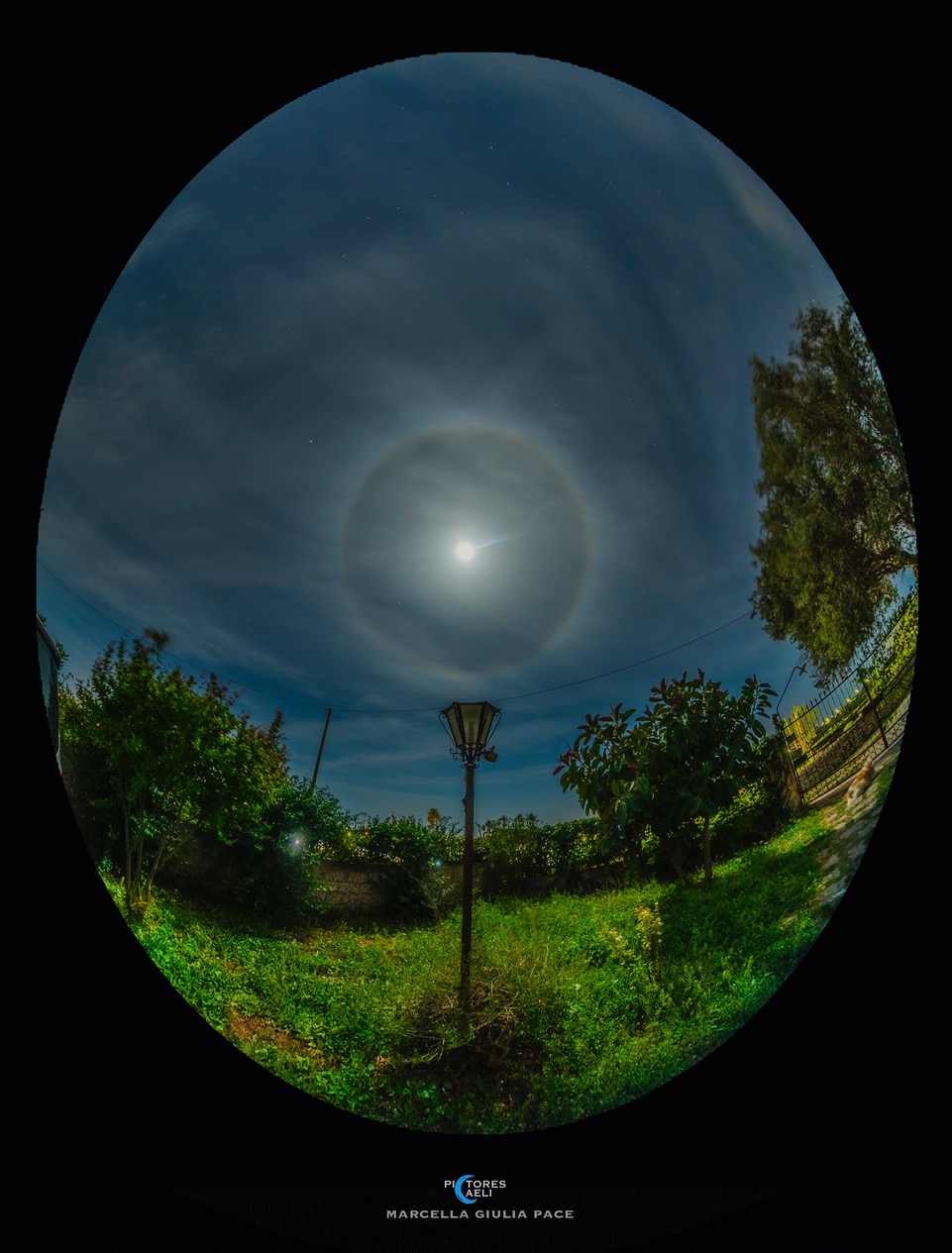
Last April’s Full Moon shines
through high clouds
near the horizon,
casting shadows in this garden-at-night skyscape


A student measures a fossilized skull from the skeleton of a North American porcupine. A team of researchers that included graduate and undergraduate students determined that the 2 million-year-old skeleton belonged to an extinct species of North American porcupine that can likely trace its …
This is an NSF Multimedia Gallery item.
Read More

“I feel that my larger purpose at NASA, which I’ve felt since I came on as an intern, is to leave NASA a better place than I found it.” — Mallory Carbon, Management and Program Analyst, NASA Headquarters
Read More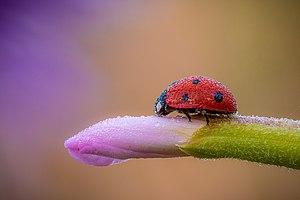
| Picture of the day |
|---|

|
|
A seven-spot ladybird (Coccinella septempunctata) covered in dew sitting on a flower. Taken in Viernheimer Waldheide Special Area of Conservation, Germany
|
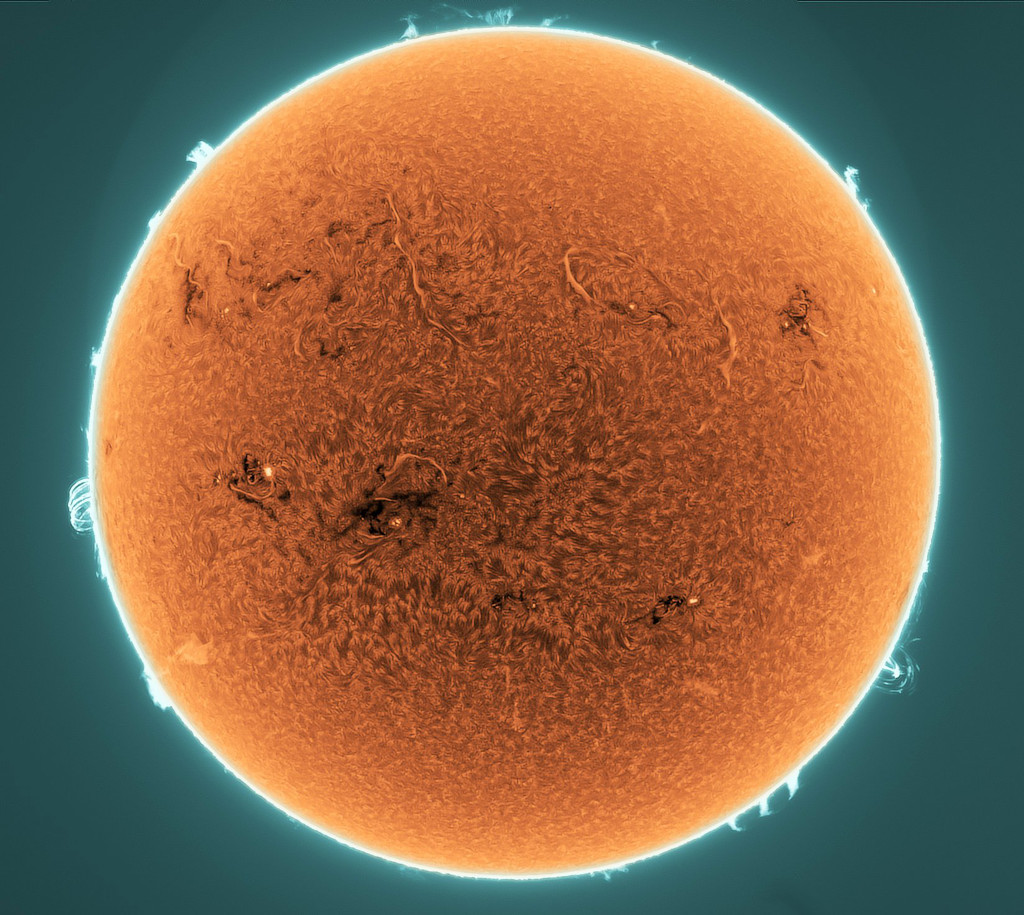
This colorized and sharpened image of the Sun is composed of
frames recording emission from hydrogen atoms in the solar chromosphere
on May 15
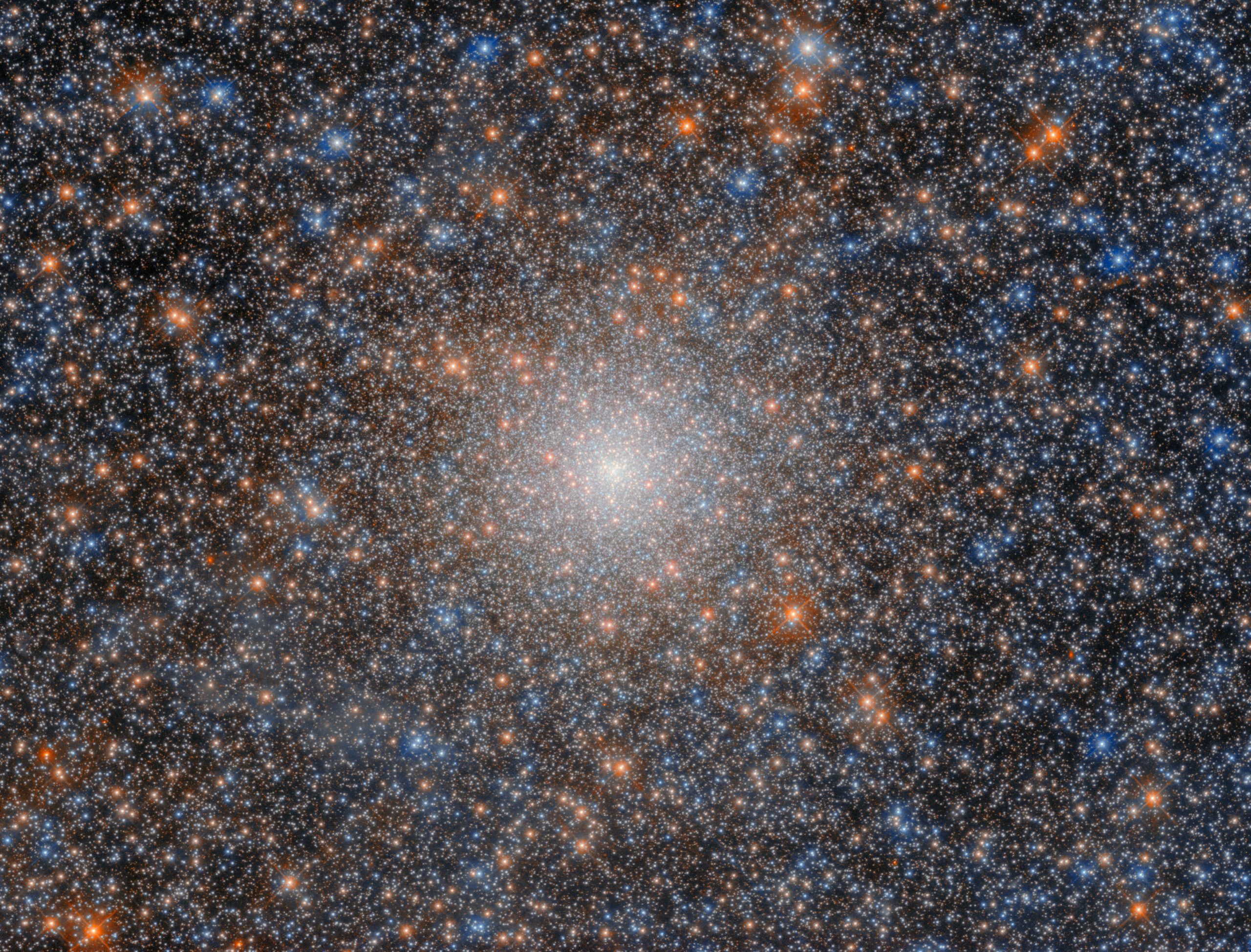

This NASA/ESA Hubble Space Telescope image features the globular cluster NGC 2005. It’s not an unusual globular cluster in and of itself, but it is a peculiarity when compared to its surroundings. NGC 2005 is located about 750 light-years from the heart of the Large Magellanic Cloud (LMC), which is the Milky Way’s largest satellite galaxy some 162,000 light-years from Earth.
Read More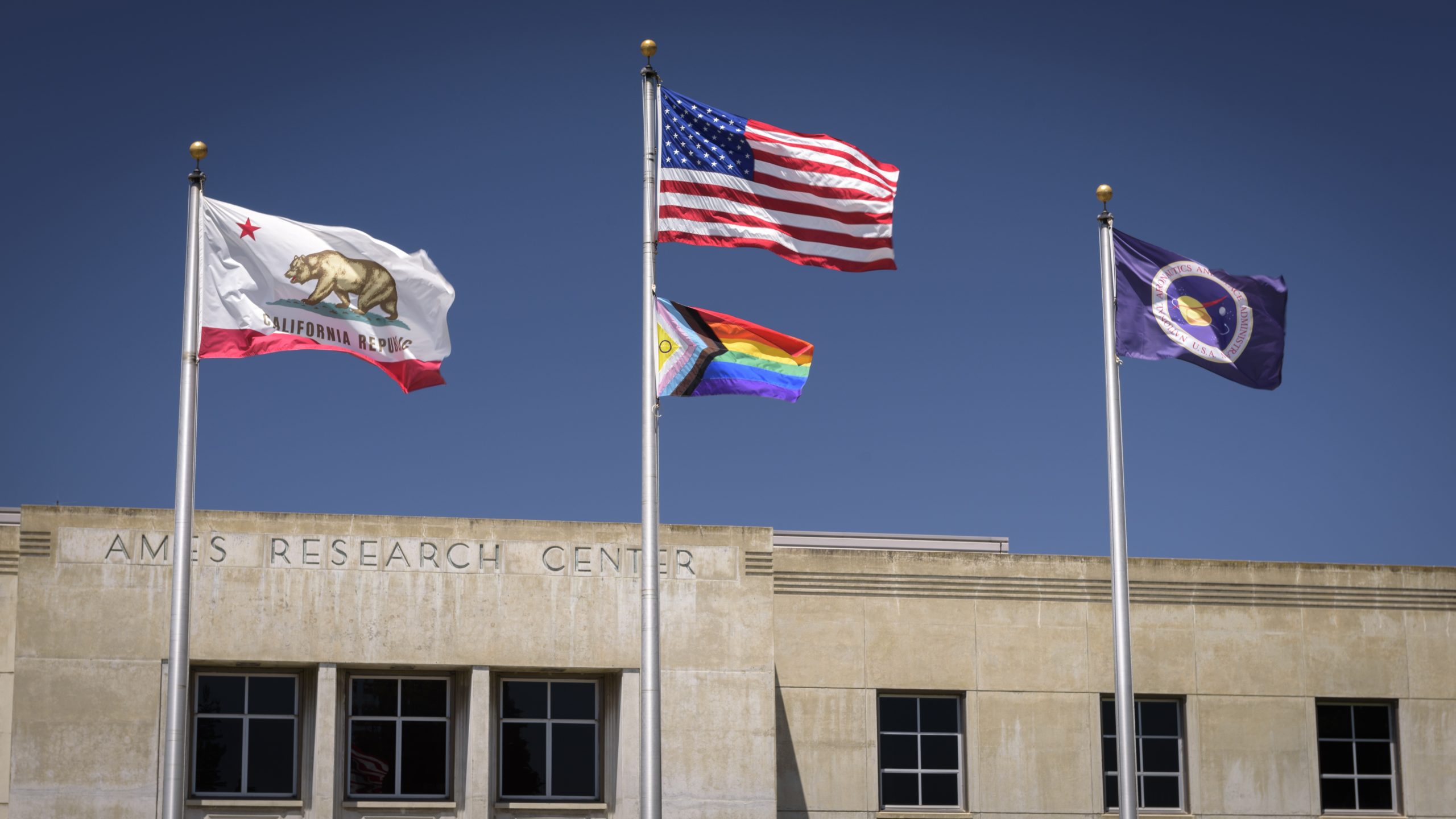

The Intersex Progress Pride flag flies beneath the American flag on the center pole with the California state and NASA flag at either side. The Intersex Progress Pride flag flies for the first time at any NASA center in front of the Ames Administration Building, N200, to commemorate Pride Month.
Read More
<img src="http://unitedyam.com/wp-content/uploads/2024/06/ct-scan-of-mexican-beaded-lizard-heloderma-horridum-covered-in-bony-armor-studs.png" width="84" height="63" alt="A computed tomography scan of a Mexican beaded lizard (Heloderma horridum) covered in bony armor studs” border=”0″ align=”left”>
A computed tomography scan of a Mexican beaded lizard (Heloderma horridum) covered in bony armor studs. This scan, one of over 15,000 digitized scans created for the openVertabrate (oVert) project, will help scientists track the evolution of similar armor plating in a wide range of fish, …
This is an NSF Multimedia Gallery item.
Read More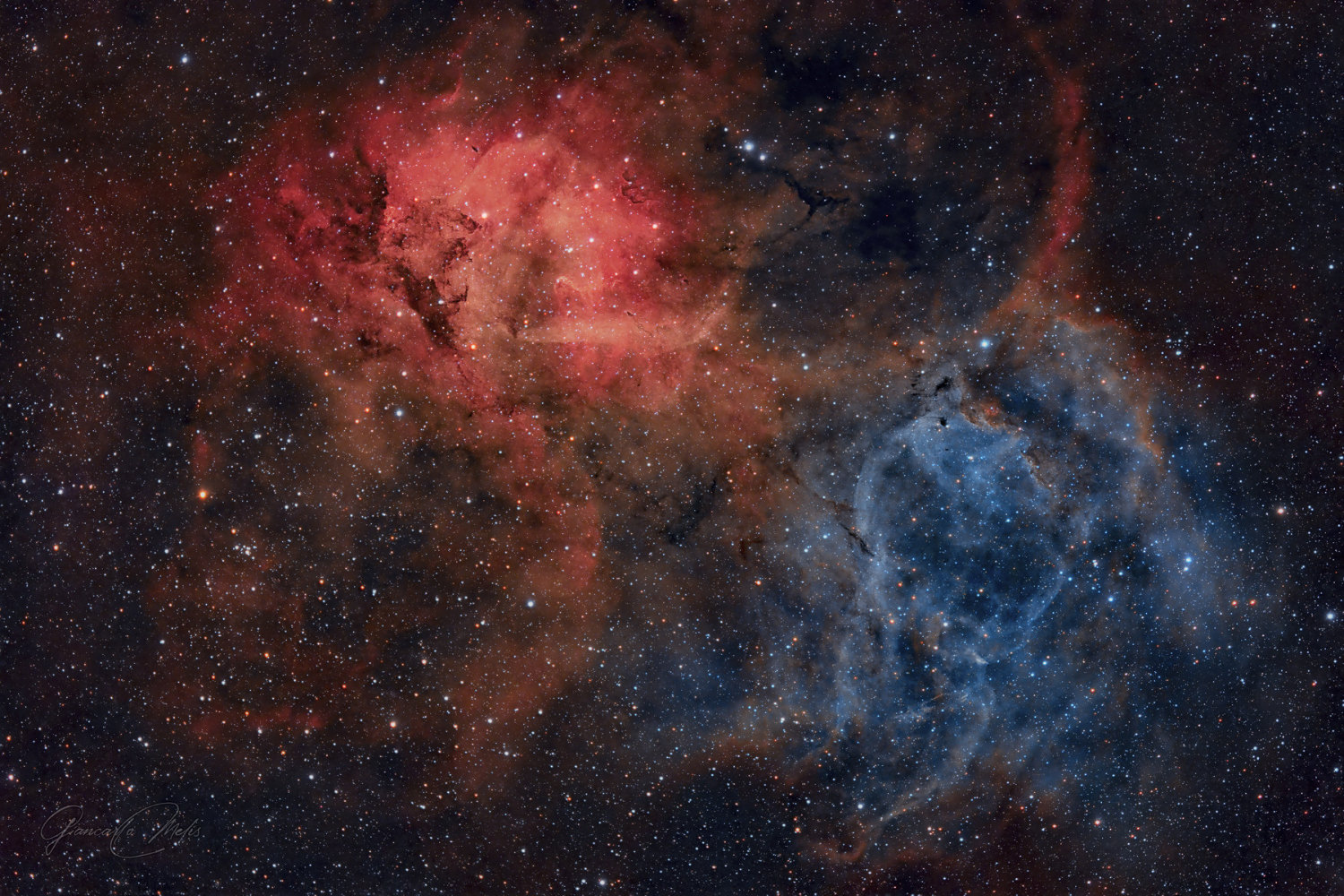
Is the Lion Nebula the real ruler of the
constellation Cepheus?
This powerful feline appearing
nebula is powered by two
massive stars, each with a mass over 20 times greater than
our Sun
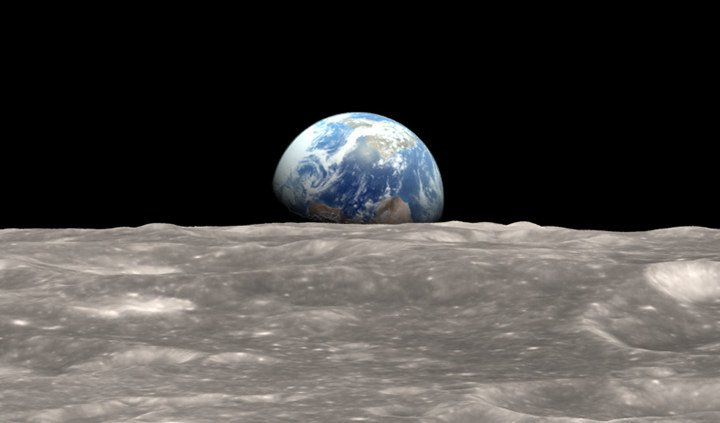

The rising Earth is about five degrees above the lunar horizon in this telephoto view taken from the Apollo 8 spacecraft near 110 degrees east longitude. Astronaut Bill Anders took the photo on the morning of Dec. 24, 1968. The South Pole is in the white area near the left end of the terminator. North and South America are under the clouds.
Read More


A Florida redbelly turtle casts a suspicious look as he is being photographed on the grounds of NASA’s Kennedy Space Center in Florida. The redbelly turtle inhabits ponds, lakes, sloughs, marshes and mangrove-bordered creeks, in a range that encompasses Florida from the southern tip north to the Apalachicola area of the panhandle. Active year-round, it is often seen basking on logs or floating mats of vegetation. Adults prefer a diet of aquatic plants. The Center shares a boundary with the Merritt Island National Wildlife Refuge, which encompasses 92,000 acres that are a habitat for more than 331 species of birds, 31 mammals, 117 fishes, and 65 amphibians and reptiles. The marshes and open water of the refuge provide wintering areas for 23 species of migratory waterfowl, as well as a year-round home for great blue herons, great egrets, wood storks, cormorants, brown pelicans and other species of marsh and shore birds, as well as a variety of insects.
Read More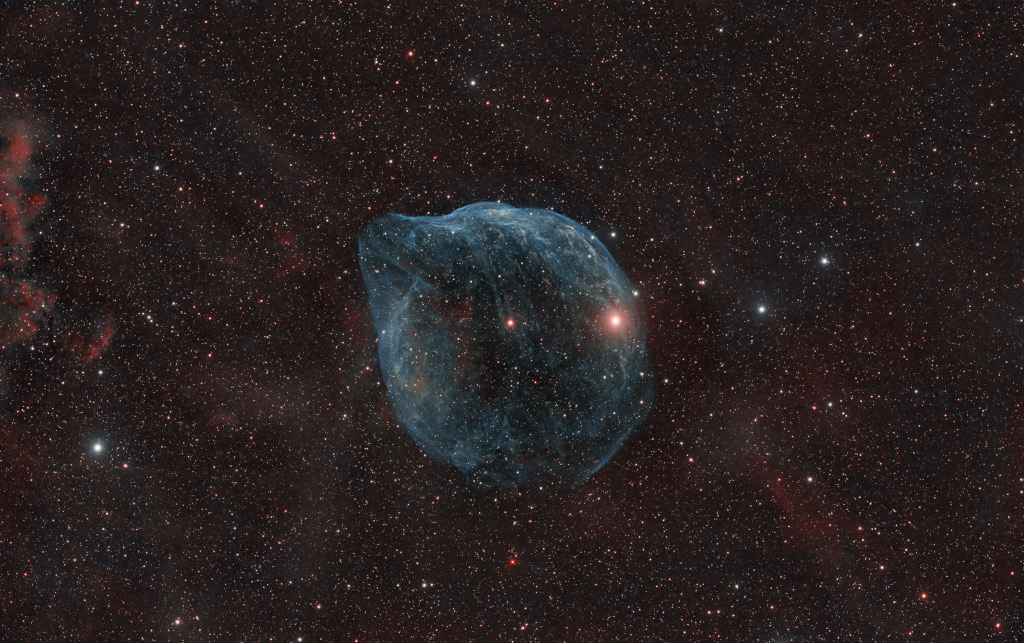
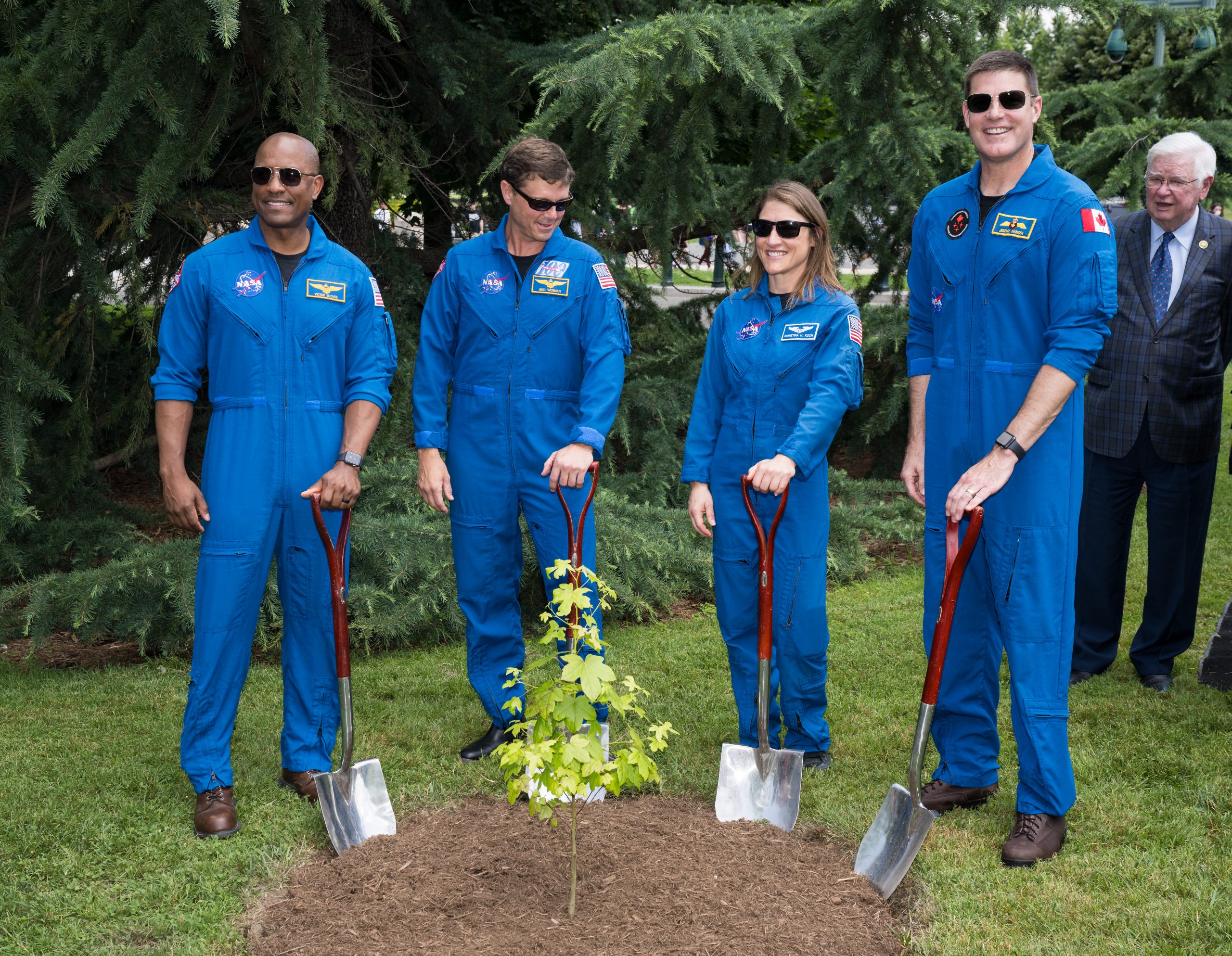

The Artemis II crew, NASA astronauts Victor Glover, Reid Wiseman, and Christina Koch, and Canadian Space Agency (CSA) astronaut Jeremy Hansen, pose for a photo after a Moon tree dedication ceremony, Tuesday, June 4, 2024, at the United States Capitol in Washington. The American Sweetgum tree planted on the southwestern side of the Capitol, was grown from a seed that was flown around the Moon during the Artemis I mission.
Read More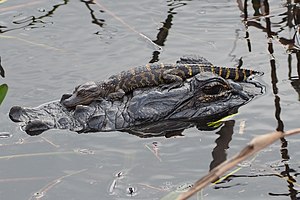
| Picture of the day |
|---|

|
|
Juvenile American alligator (Alligator mississippiensis) resting on an adult in Florida
|
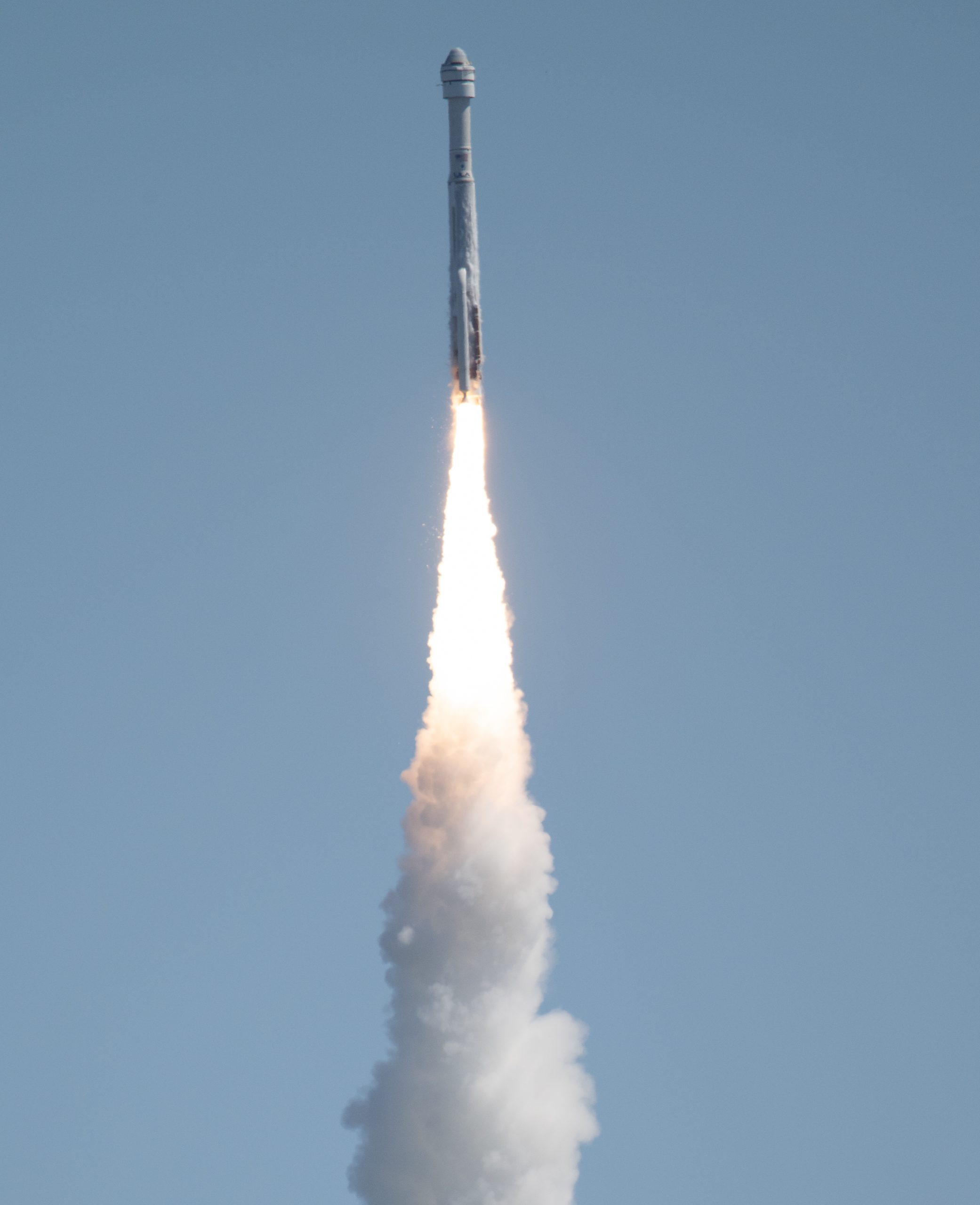

A United Launch Alliance Atlas V rocket with Boeing’s CST-100 Starliner spacecraft aboard launches from Space Launch Complex 41 at Cape Canaveral Space Force Station, Wednesday, June 5, 2024, in Florida. NASA’s Boeing Crew Flight Test is the first launch with astronauts of the Boeing CFT-100 spacecraft and United Launch Alliance Atlas V rocket to the International Space Station as part of the agency’s Commercial Crew Program. The flight test, which launched at 10:52 a.m. EDT, serves as an end-to-end demonstration of Boeing’s crew transportation system and will carry NASA astronauts Butch Wilmore and Suni Williams to and from the orbiting laboratory. Photo Credit: (NASA/Joel Kowsky)
Read More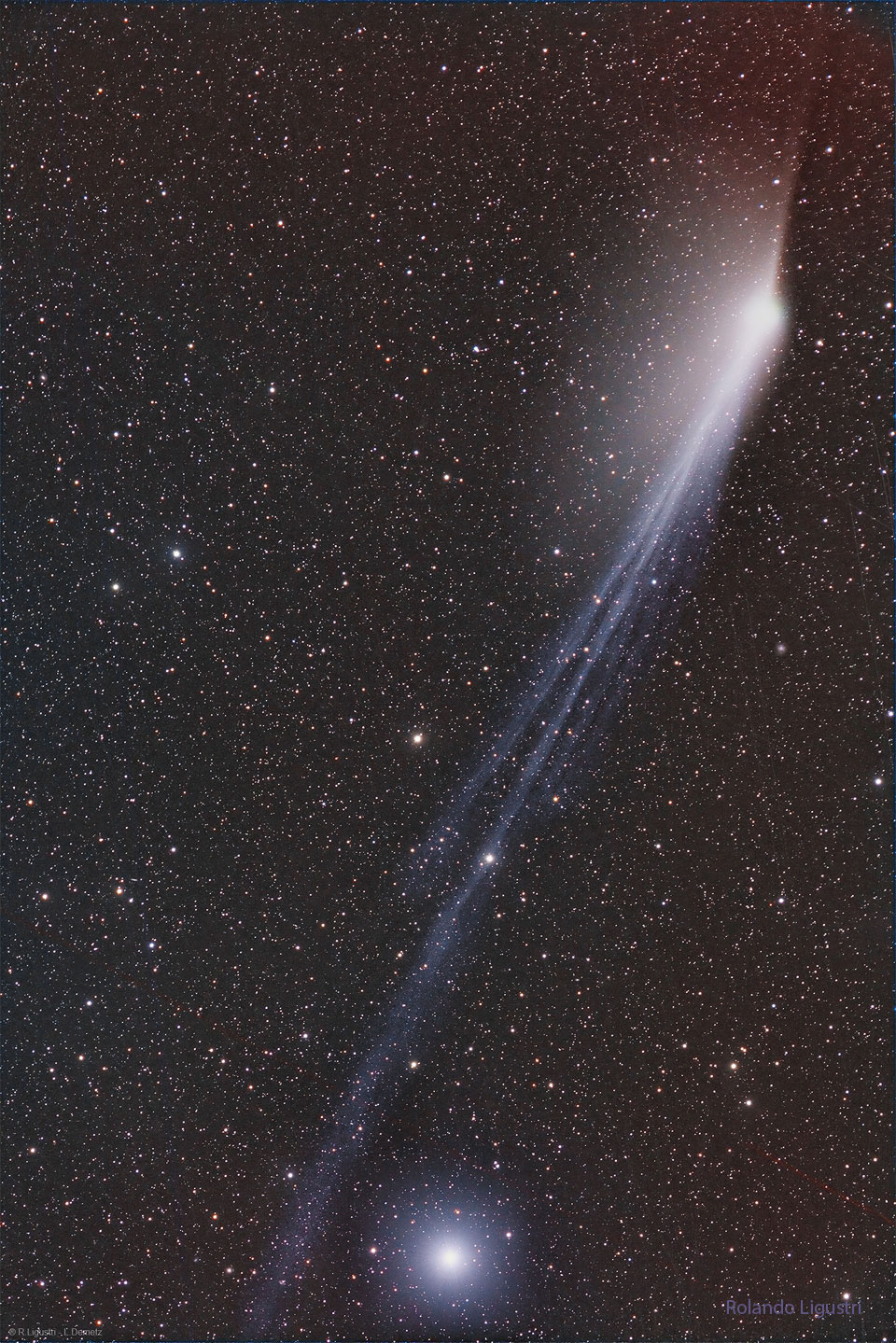
Why does
Comet Pons-Brooks
now have tails pointing in opposite directions?
The most
spectacular tail is the blue-glowing
ion tail that is visible flowing down the image


A collage of some of the more than 15,000 computed tomography scanned animal specimens digitized for the openVertabrate (oVert) project, a six-year collaboration of 18 institutions to create 3D reconstructions of vertebrate specimens and make them freely available online.
[Research supported by …
This is an NSF Multimedia Gallery item.
Read More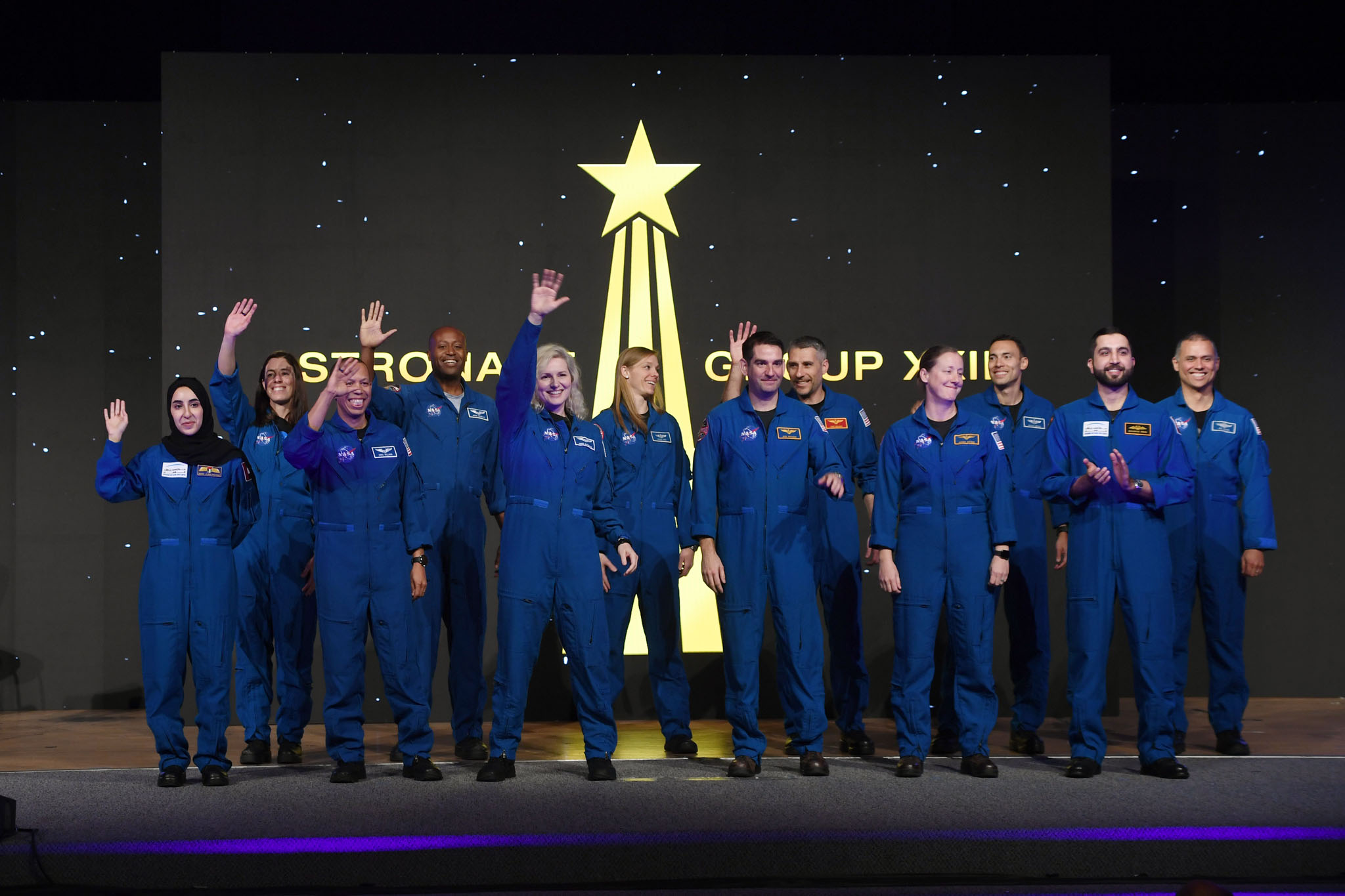

NASA newest class of astronauts, selected in 2021, graduate during a ceremony on March 5, 2024, at the at the agency’s Johnson Space Center in Houston.
Read More